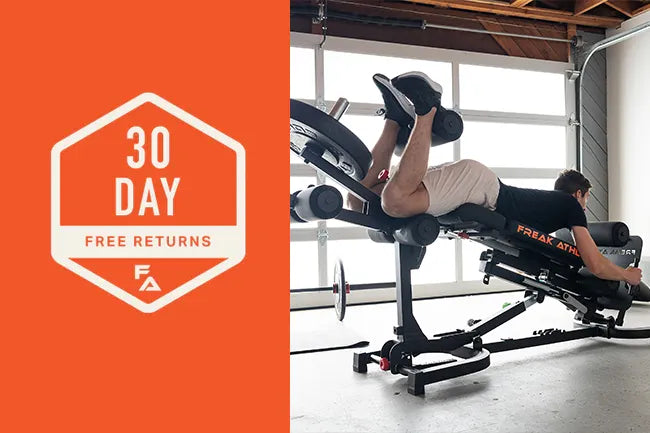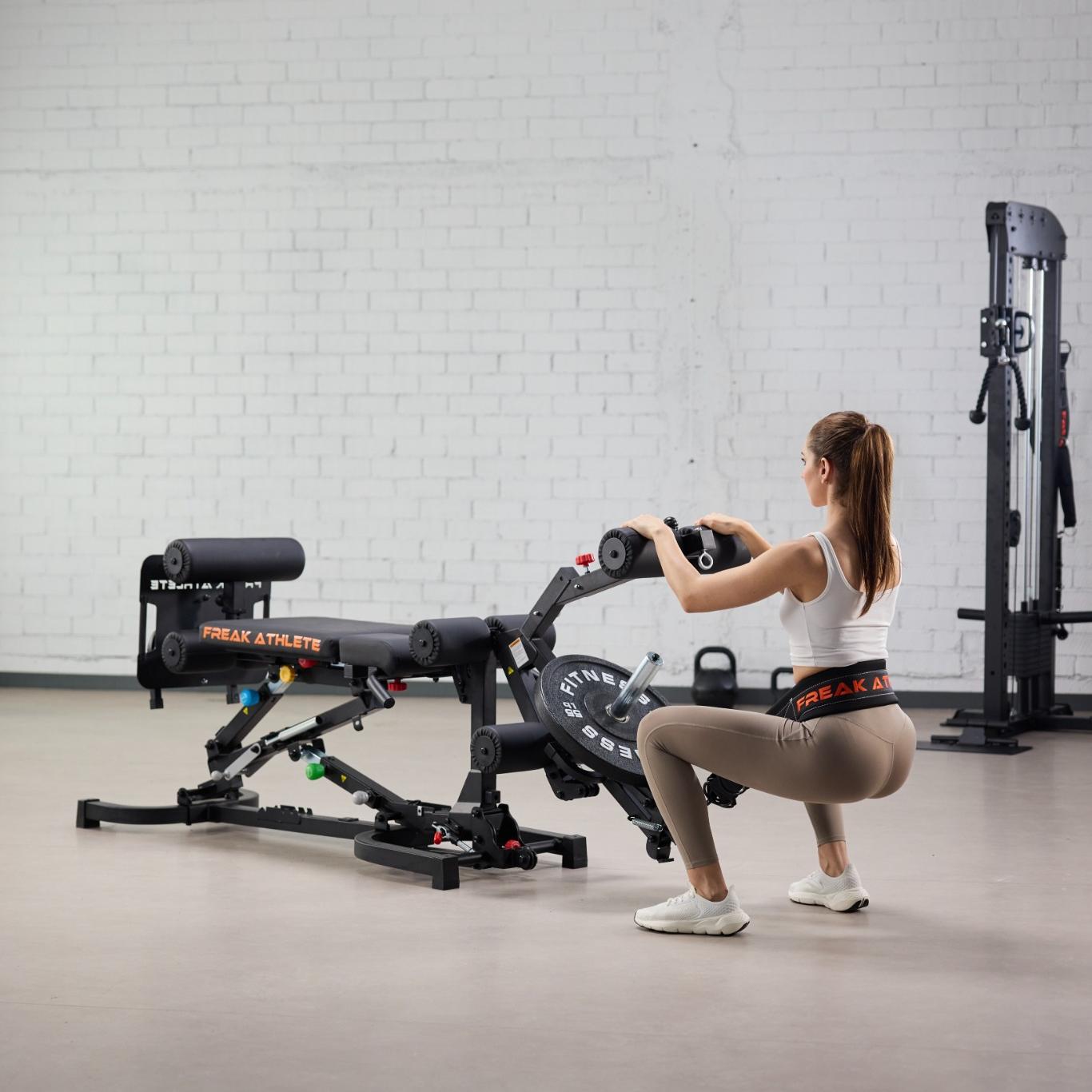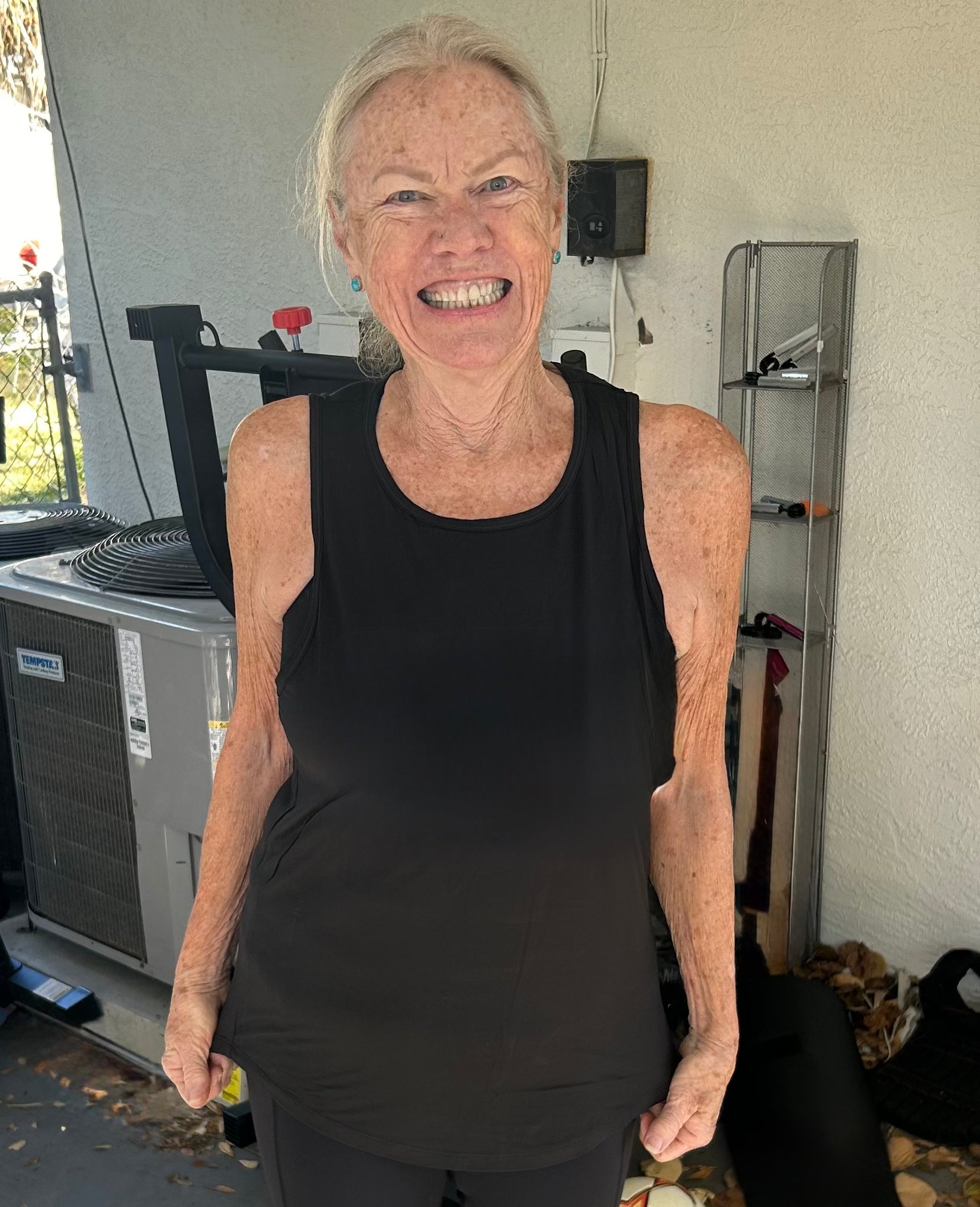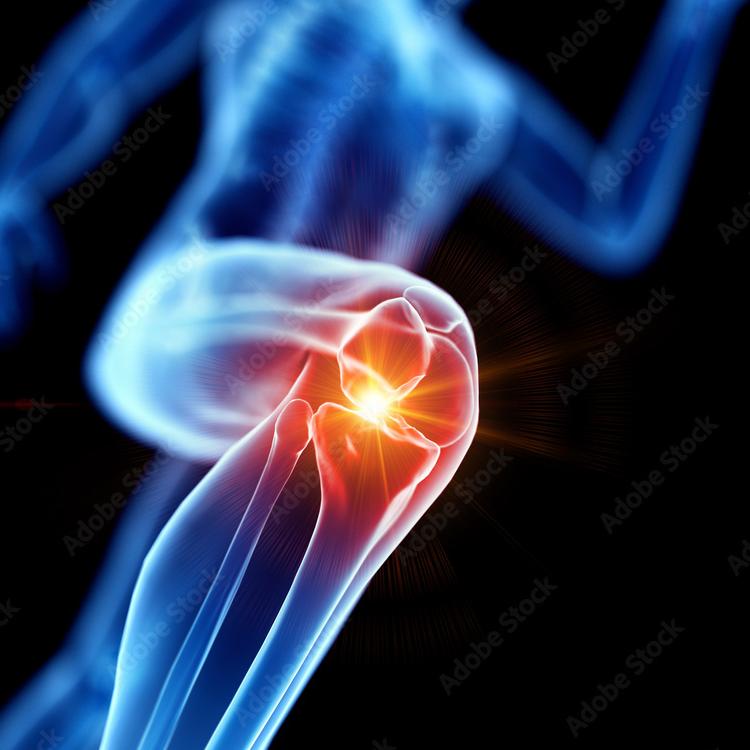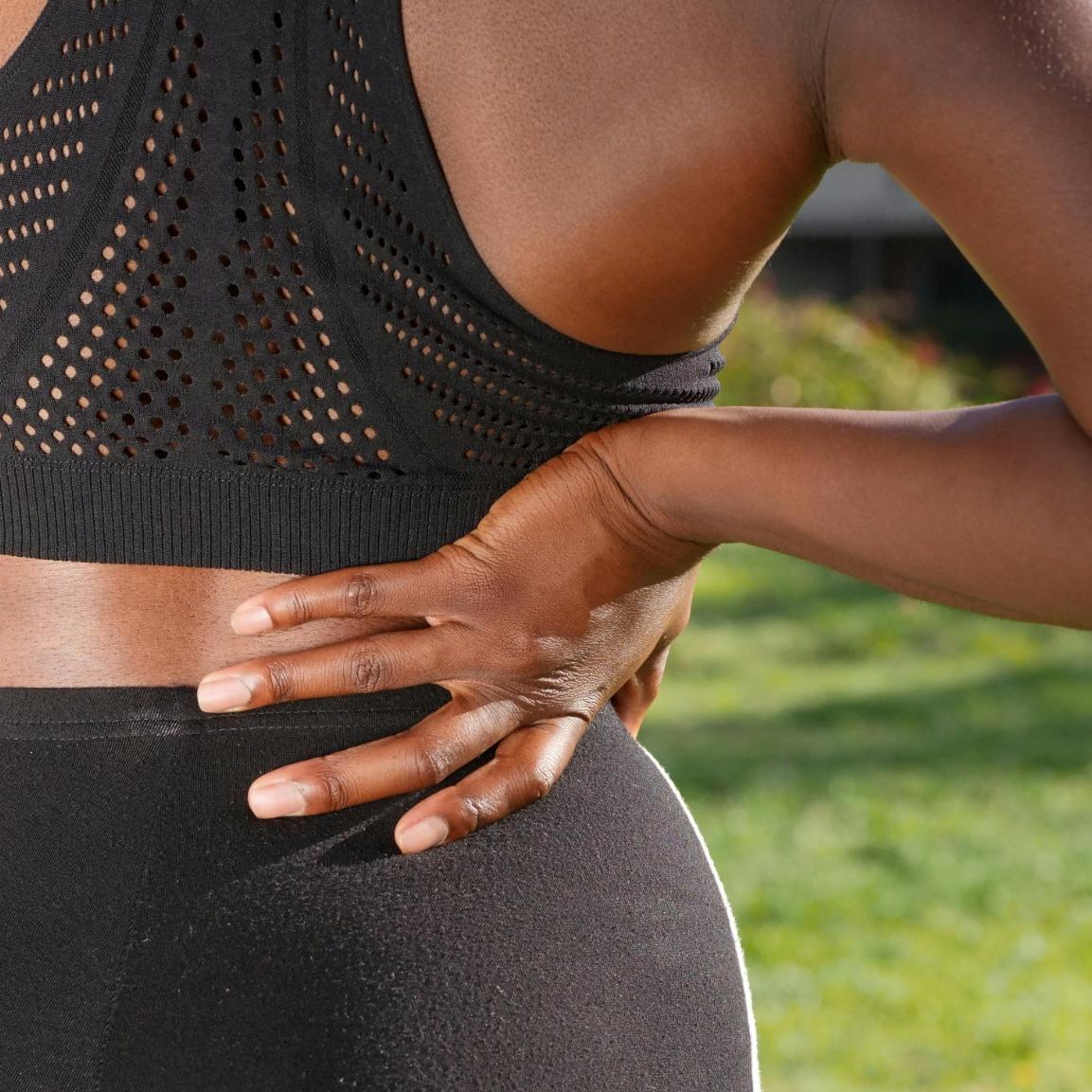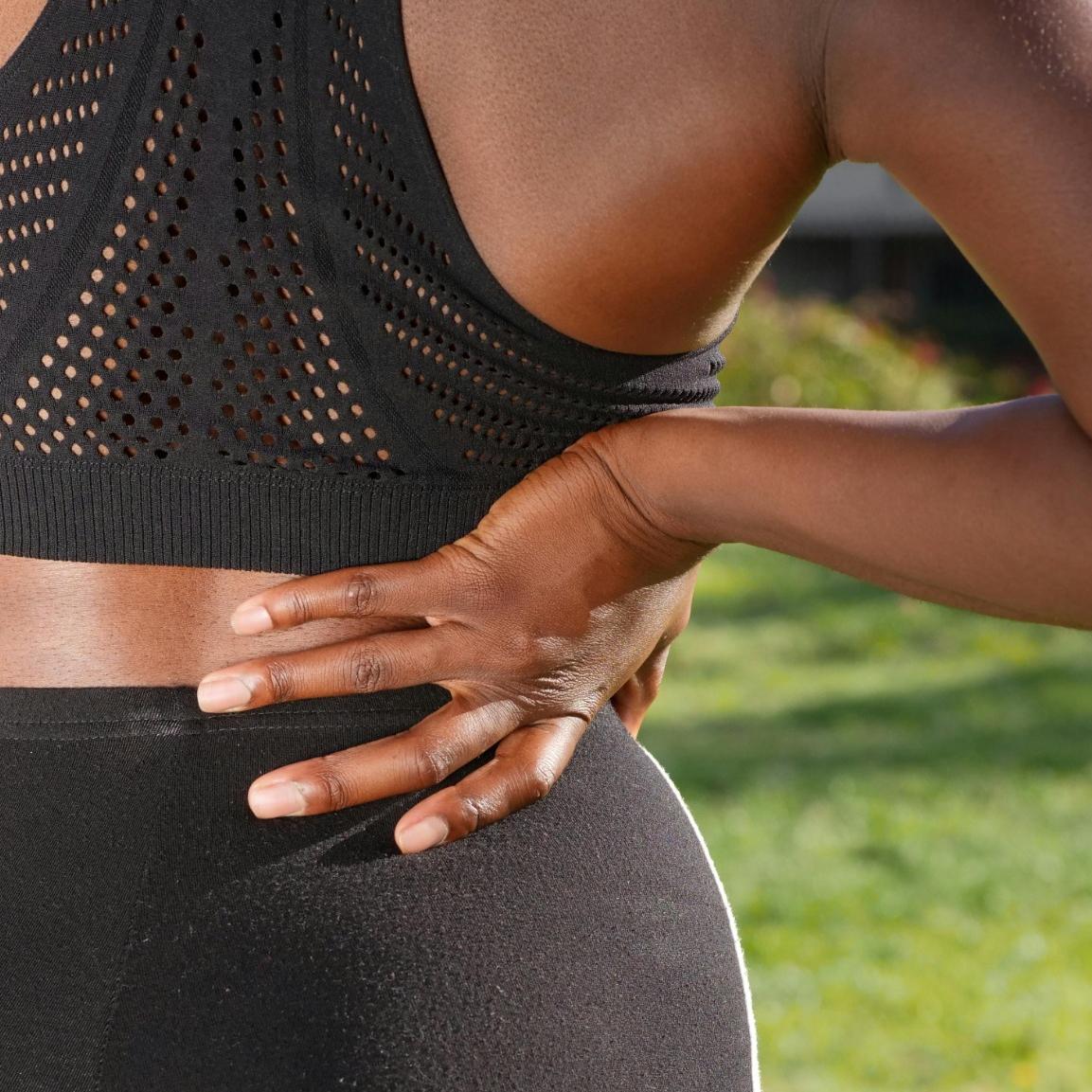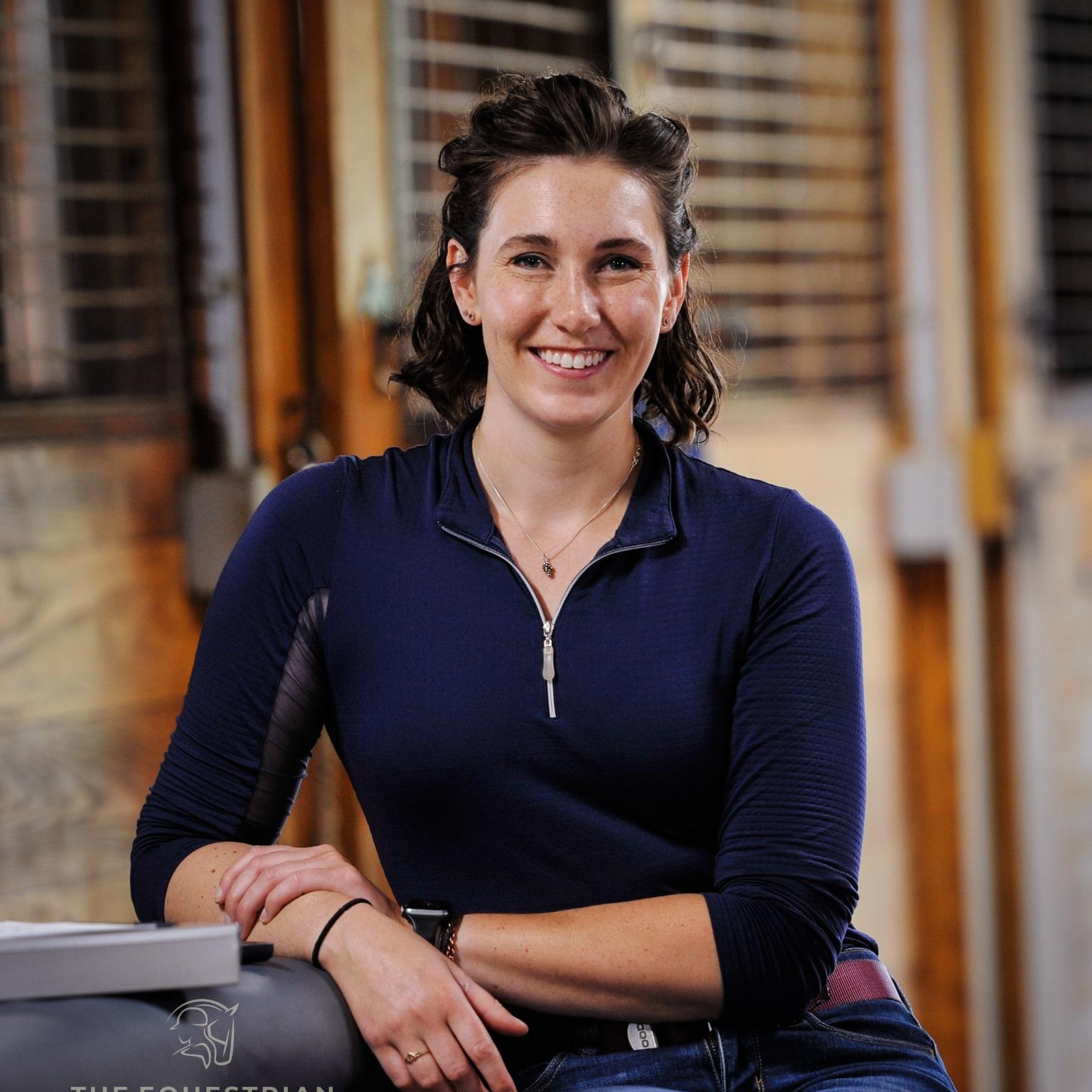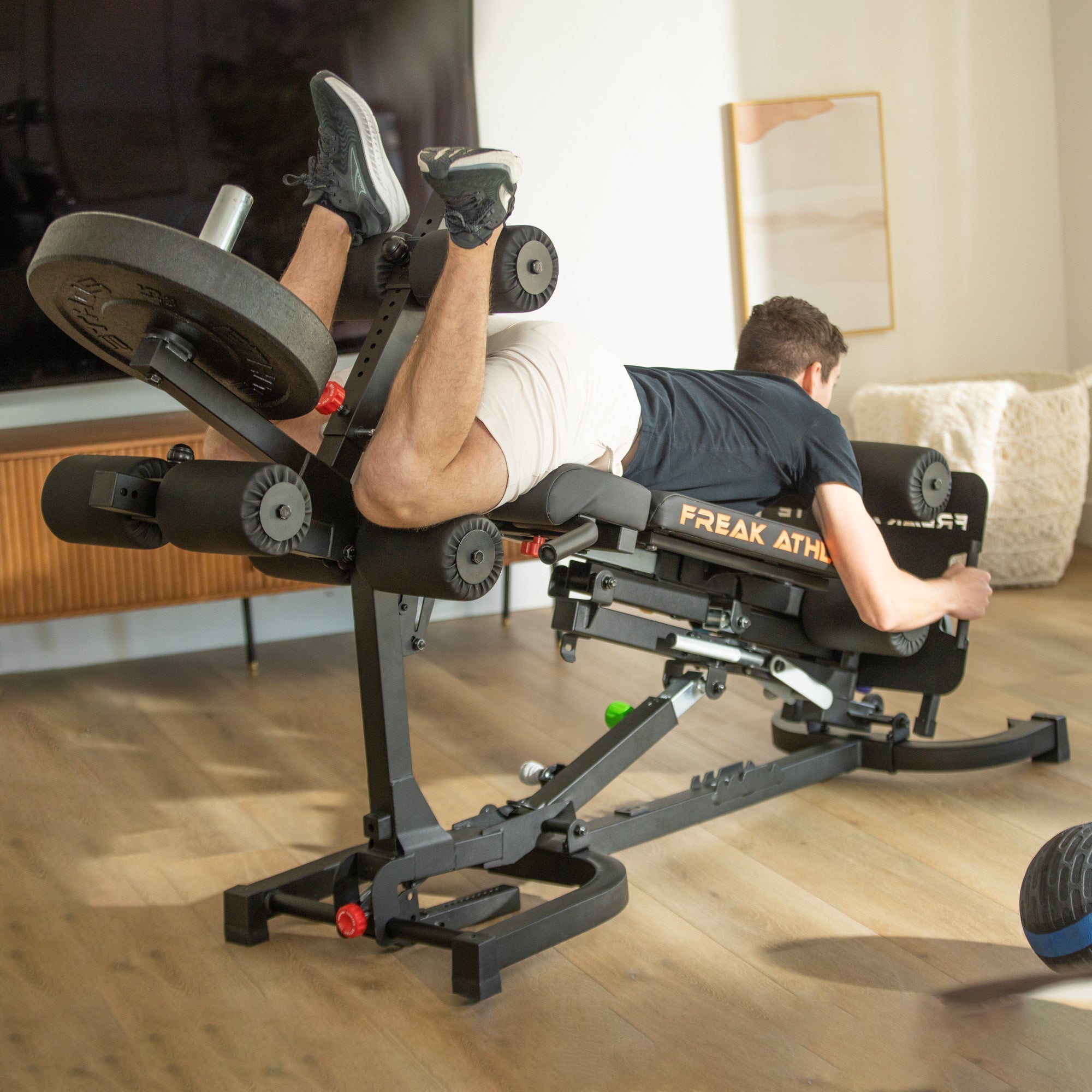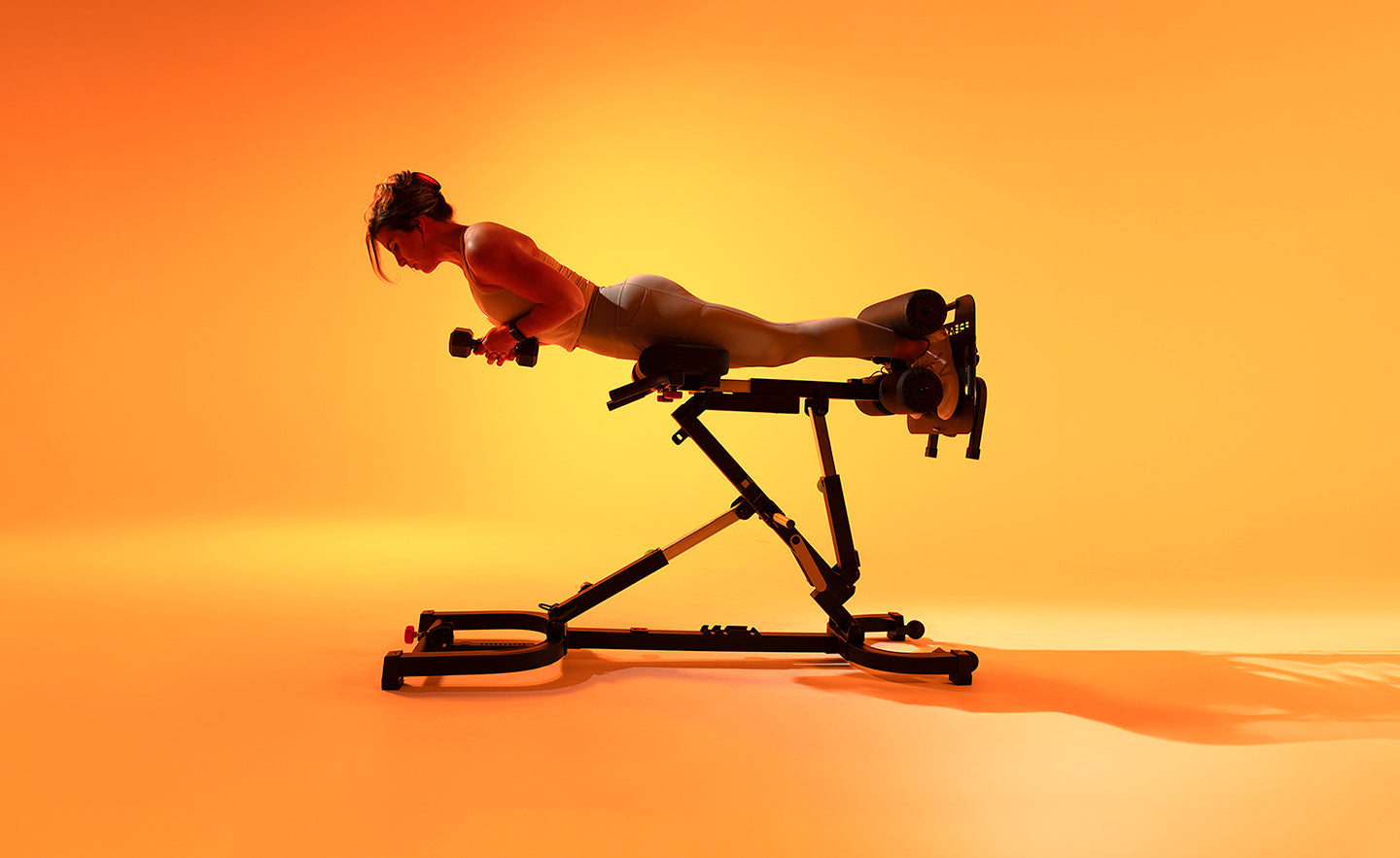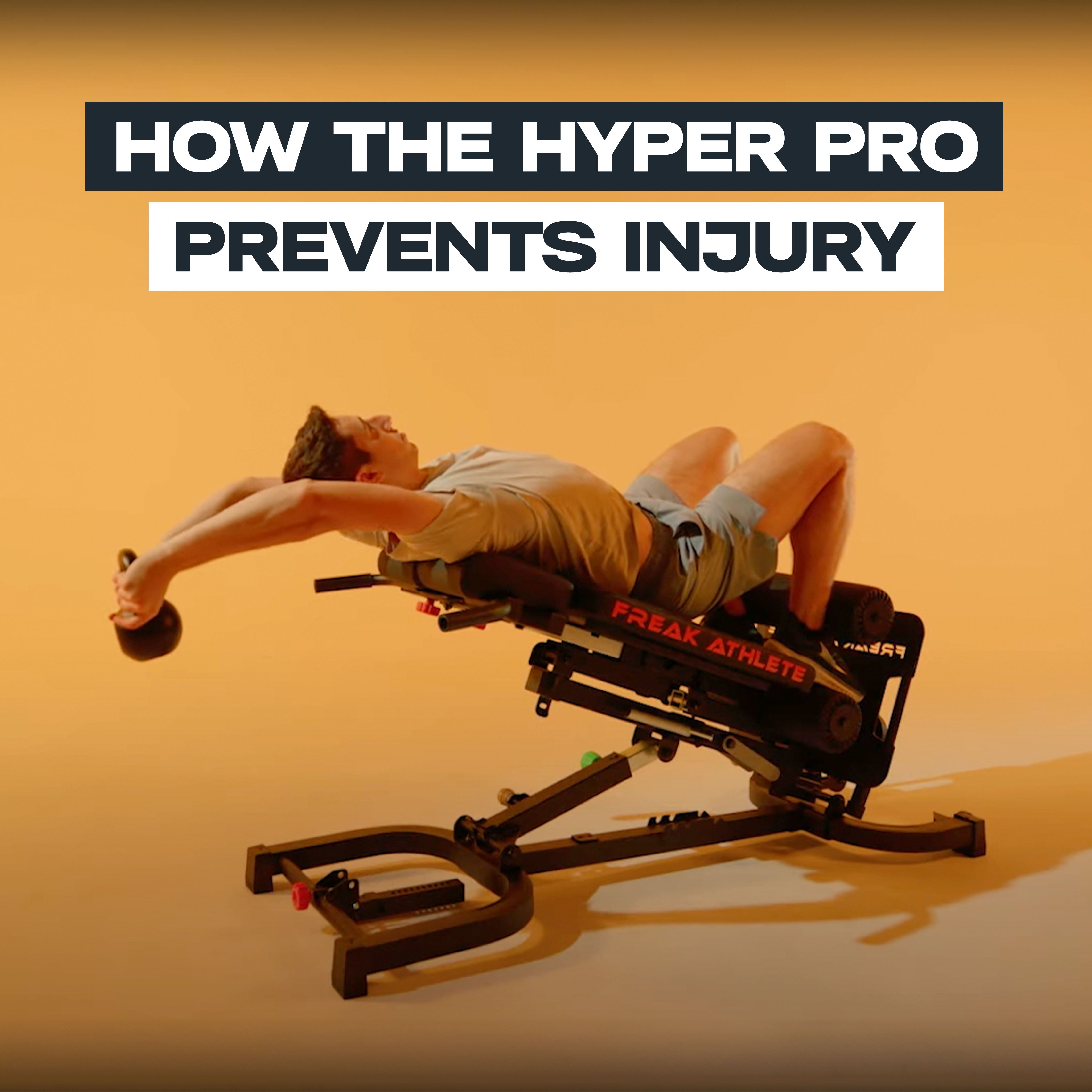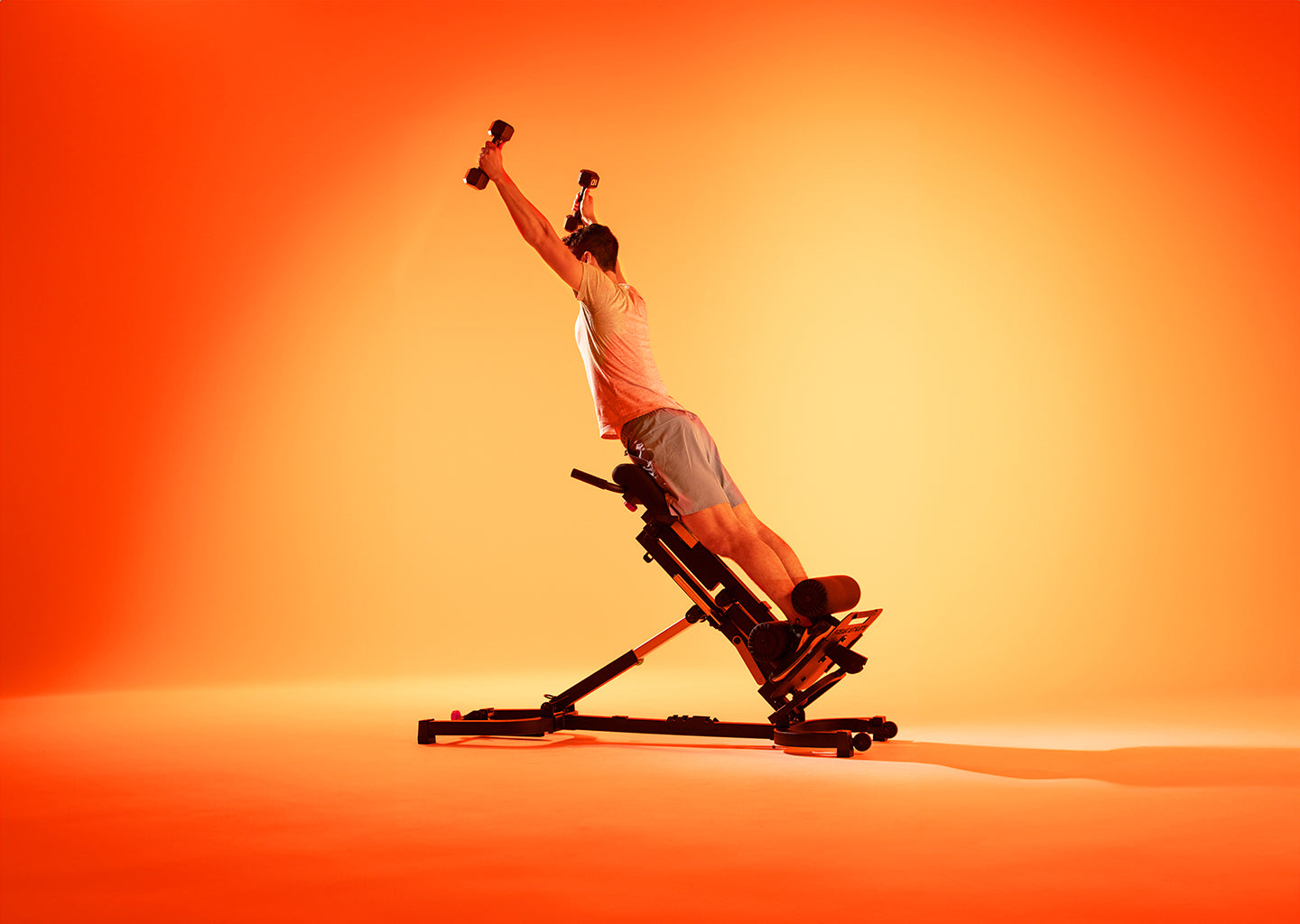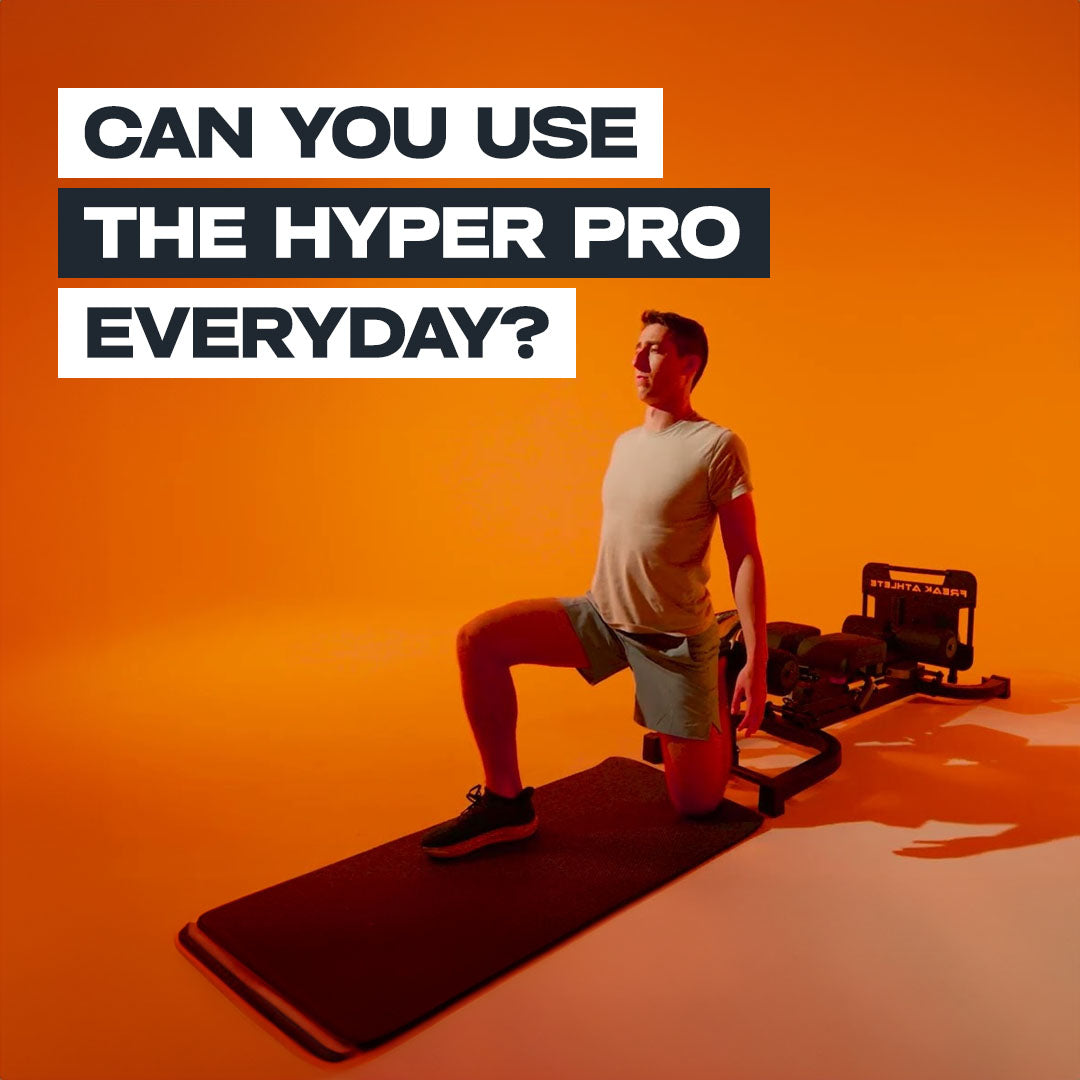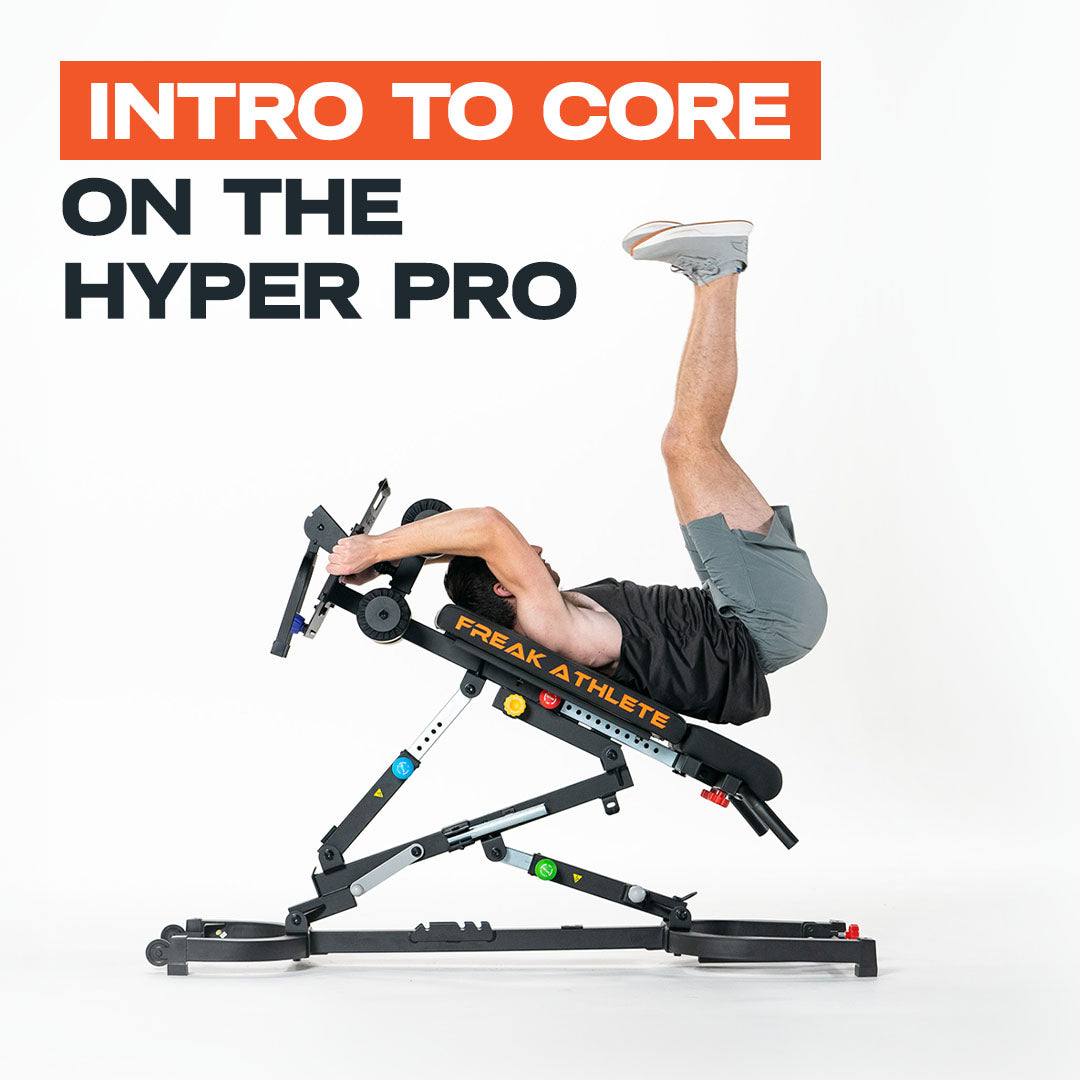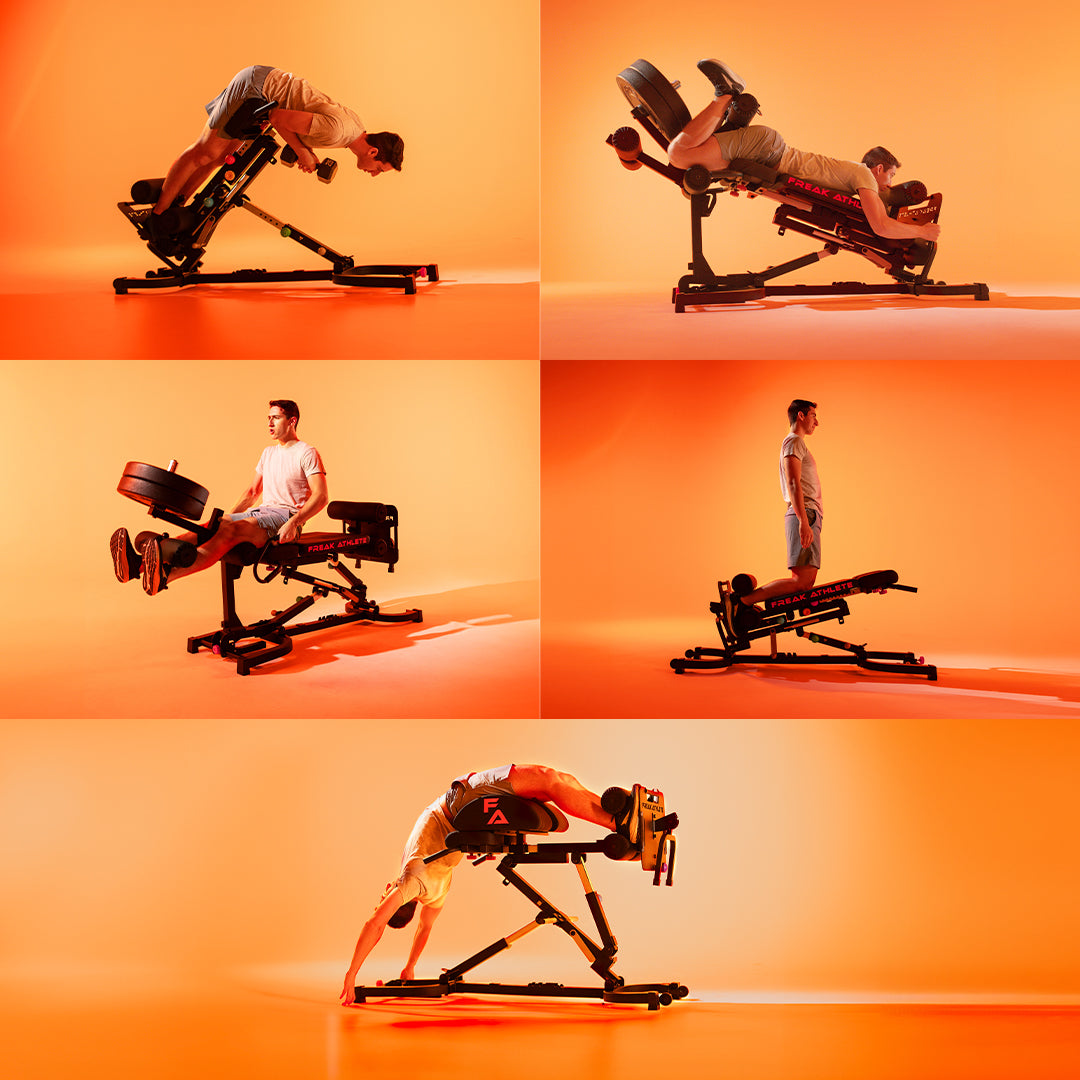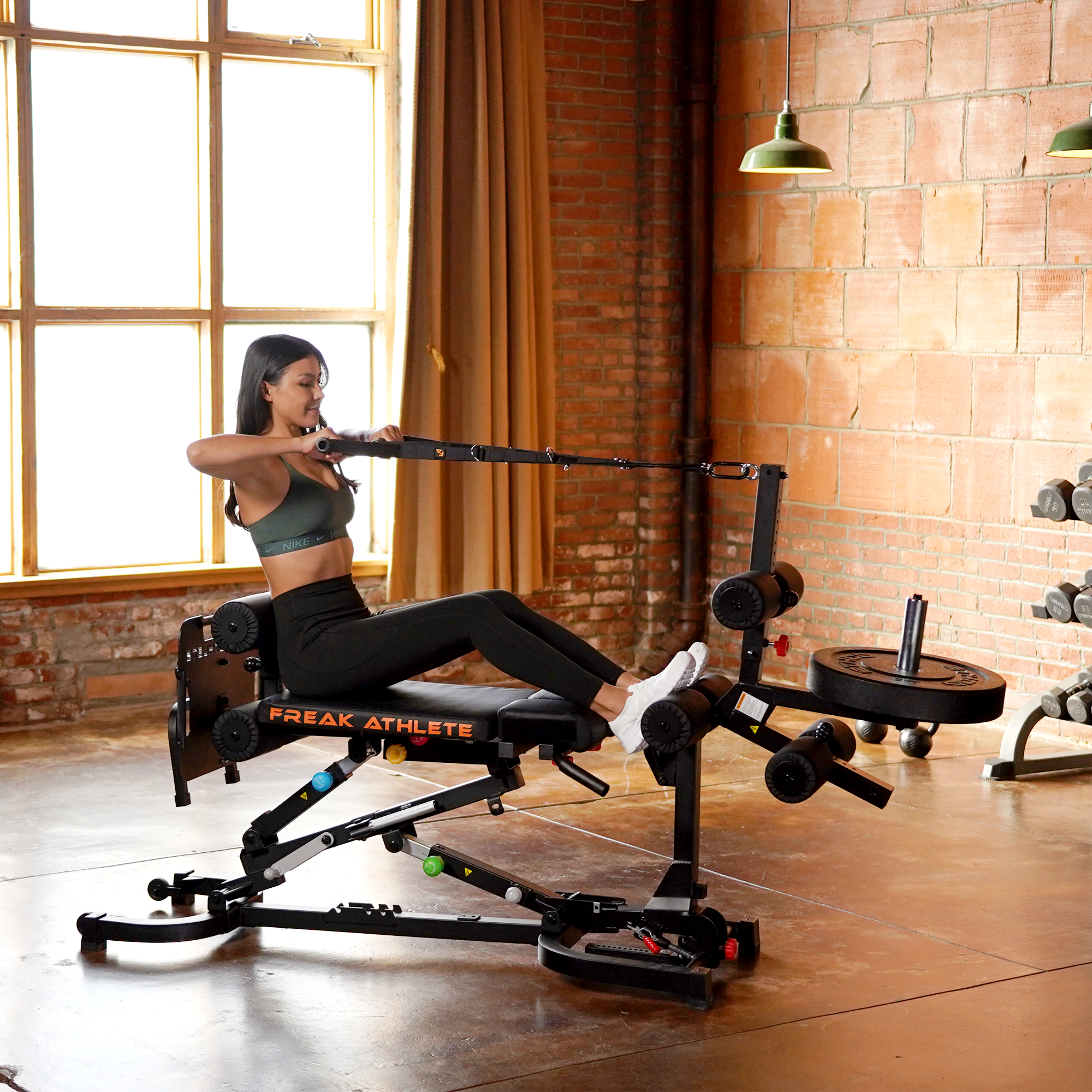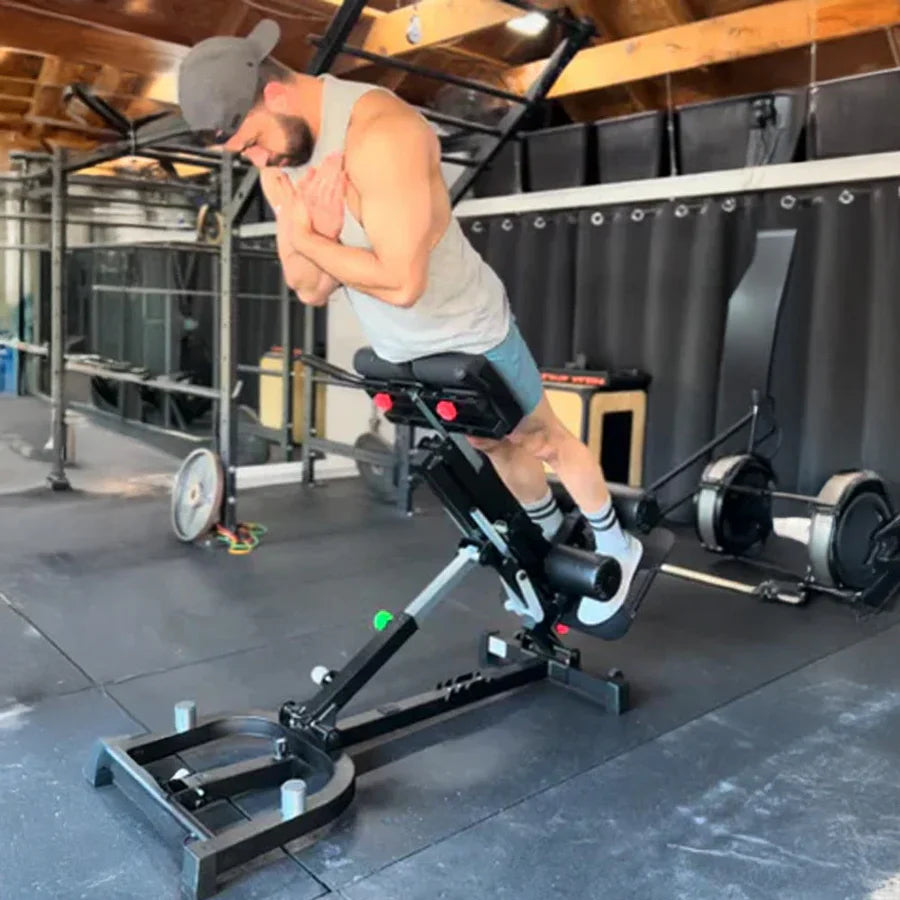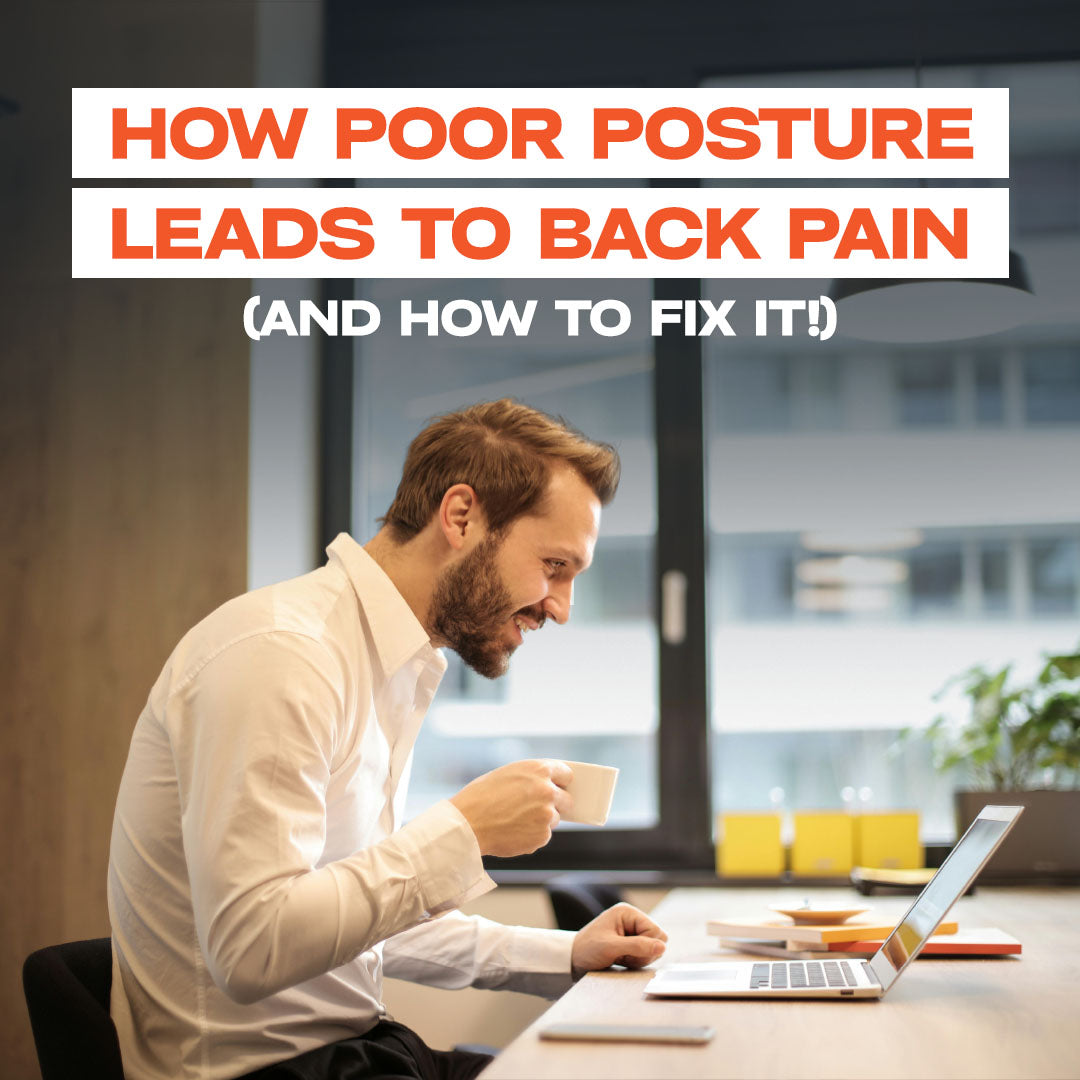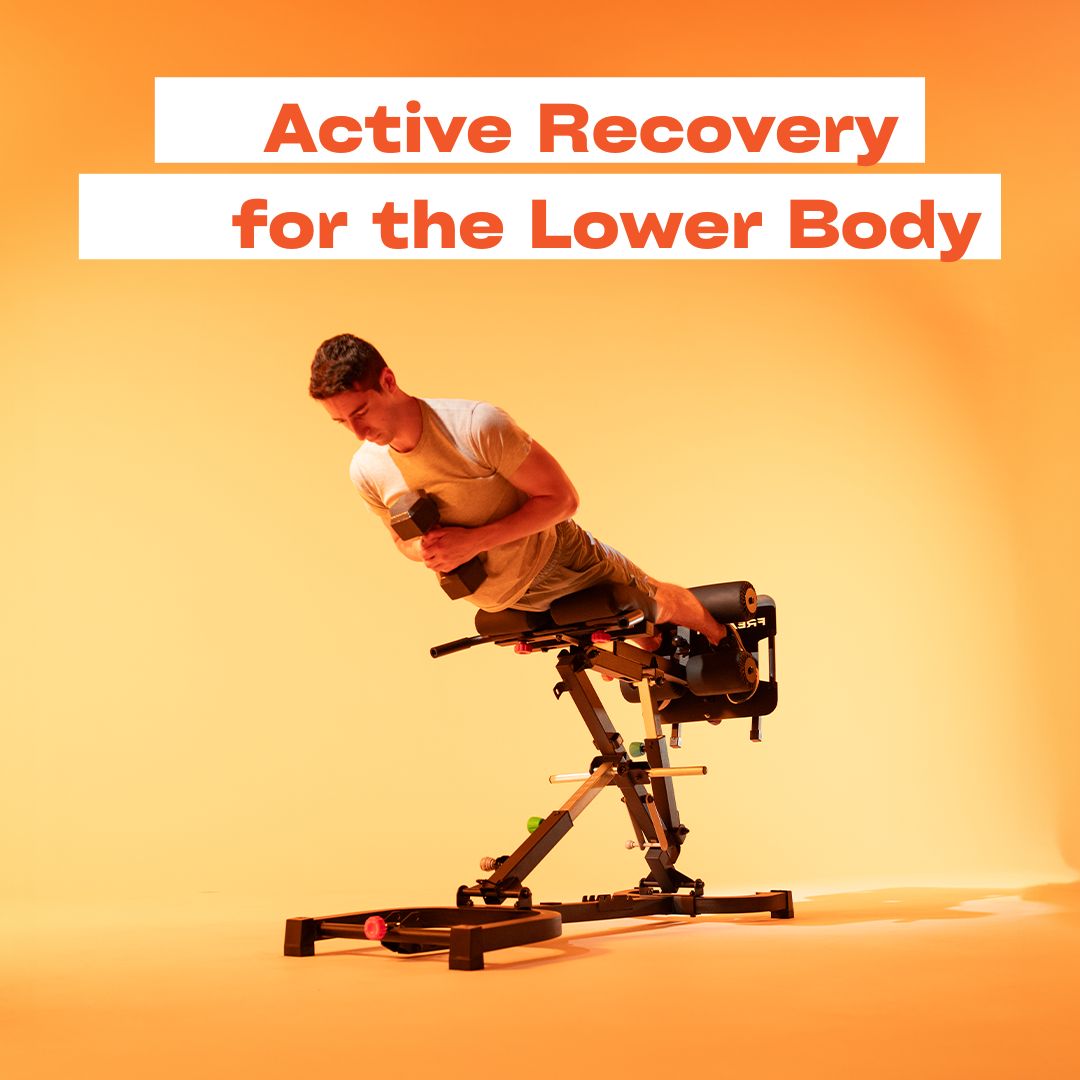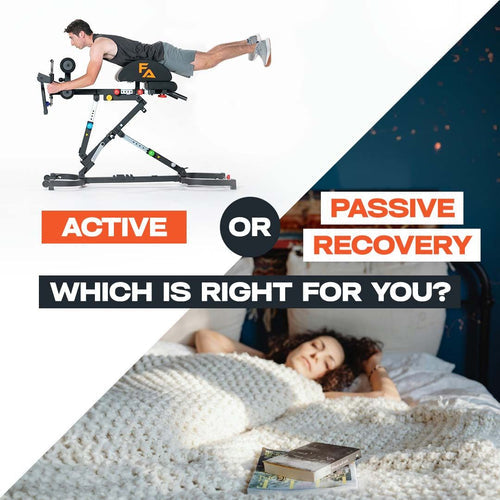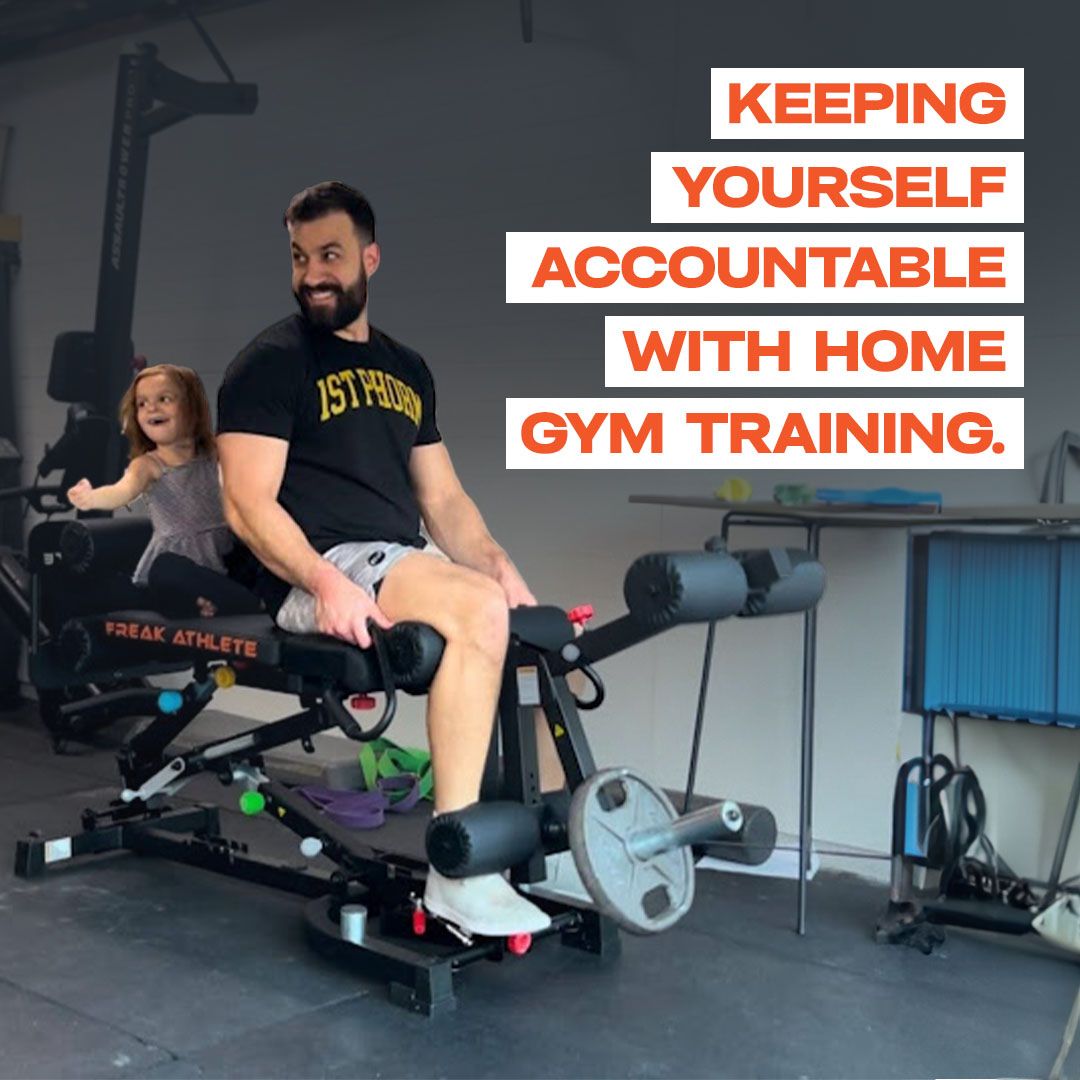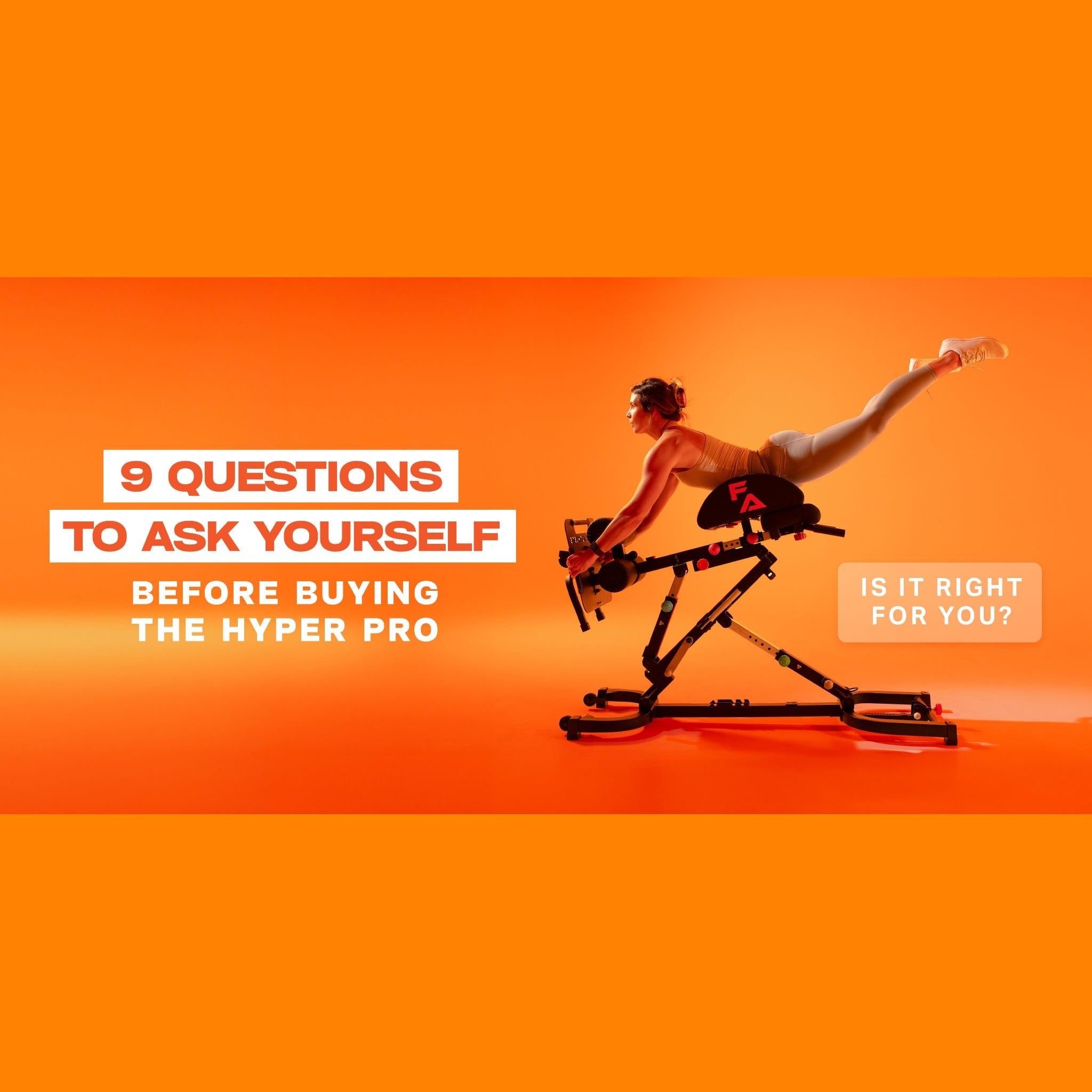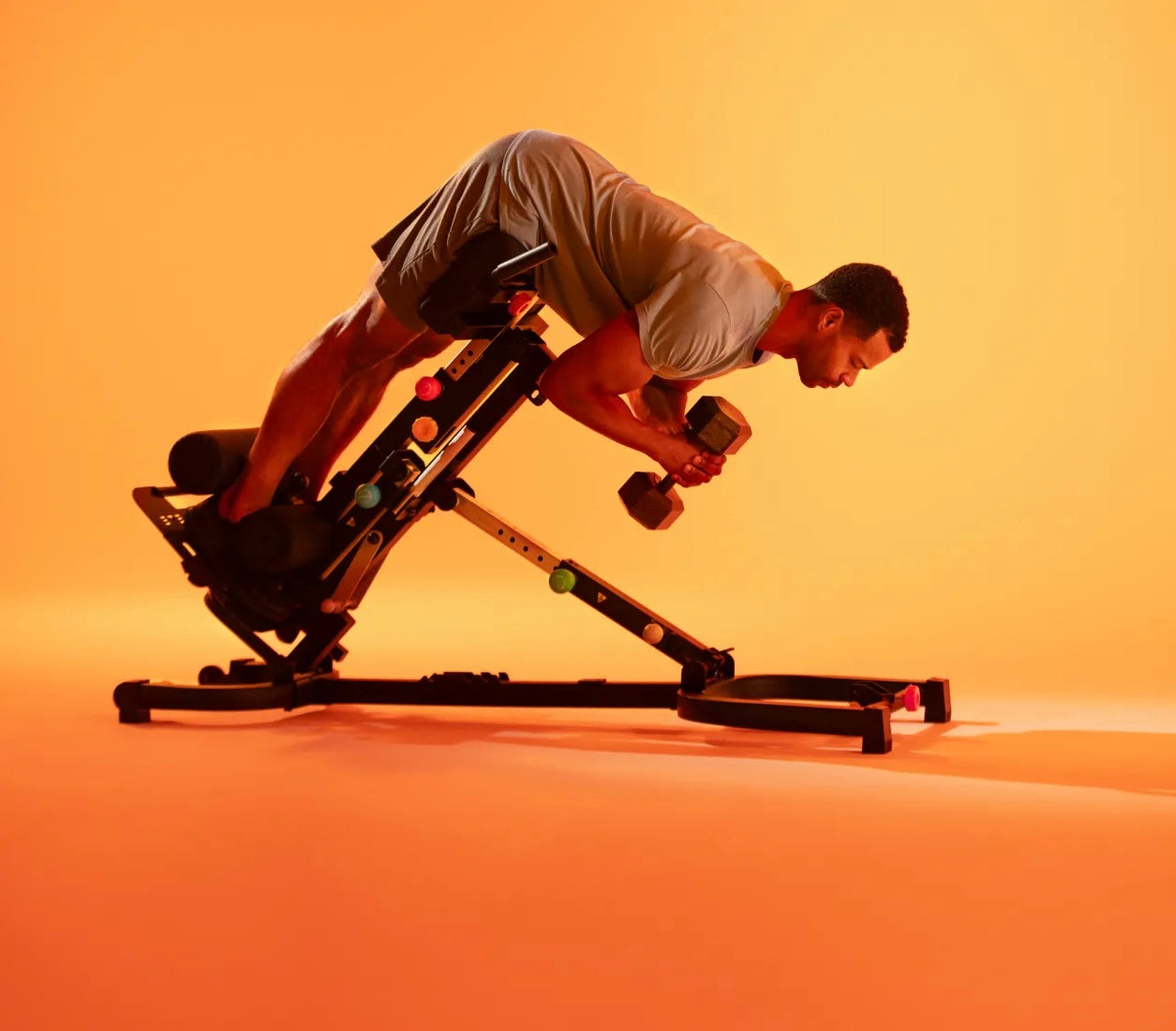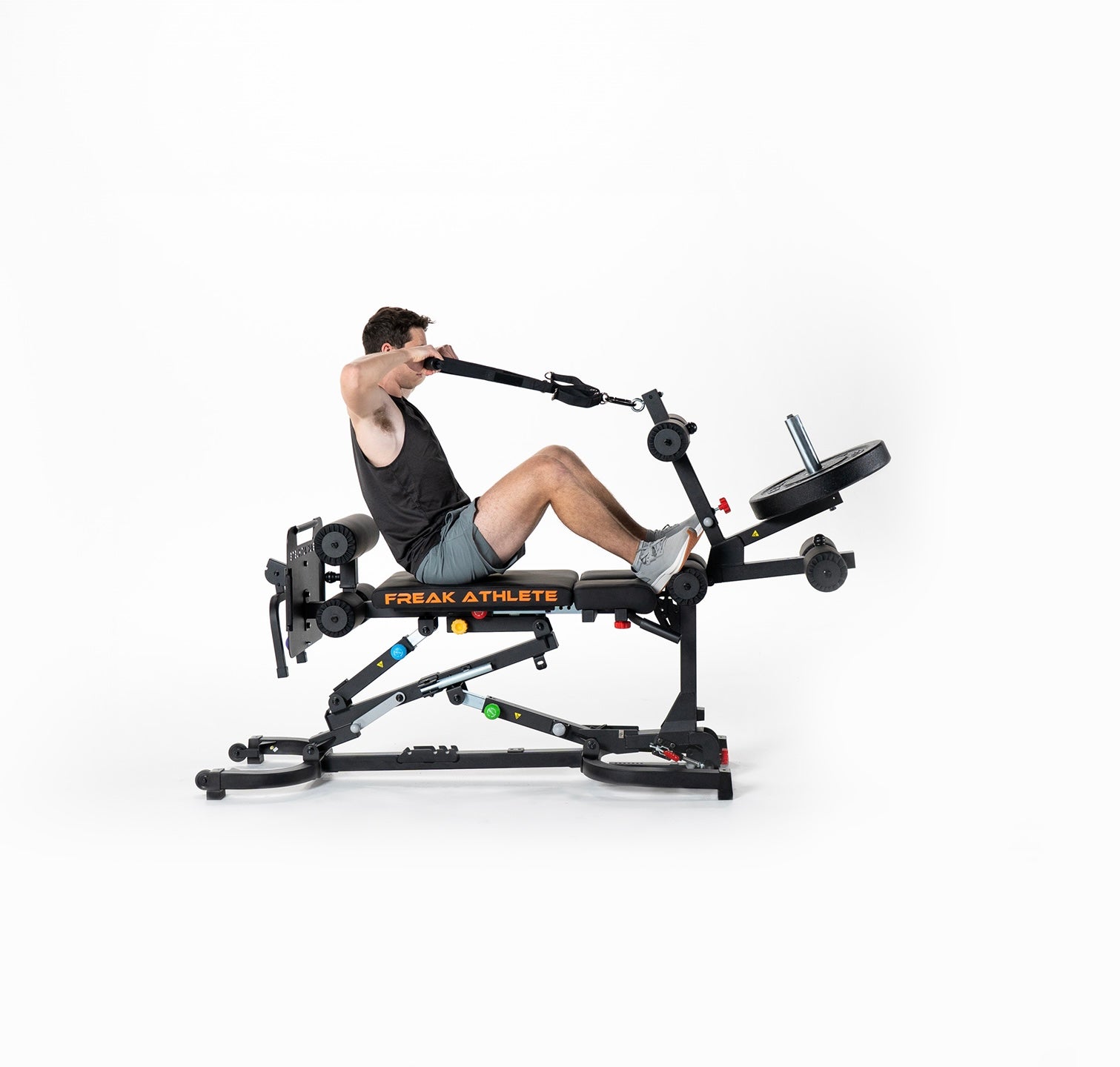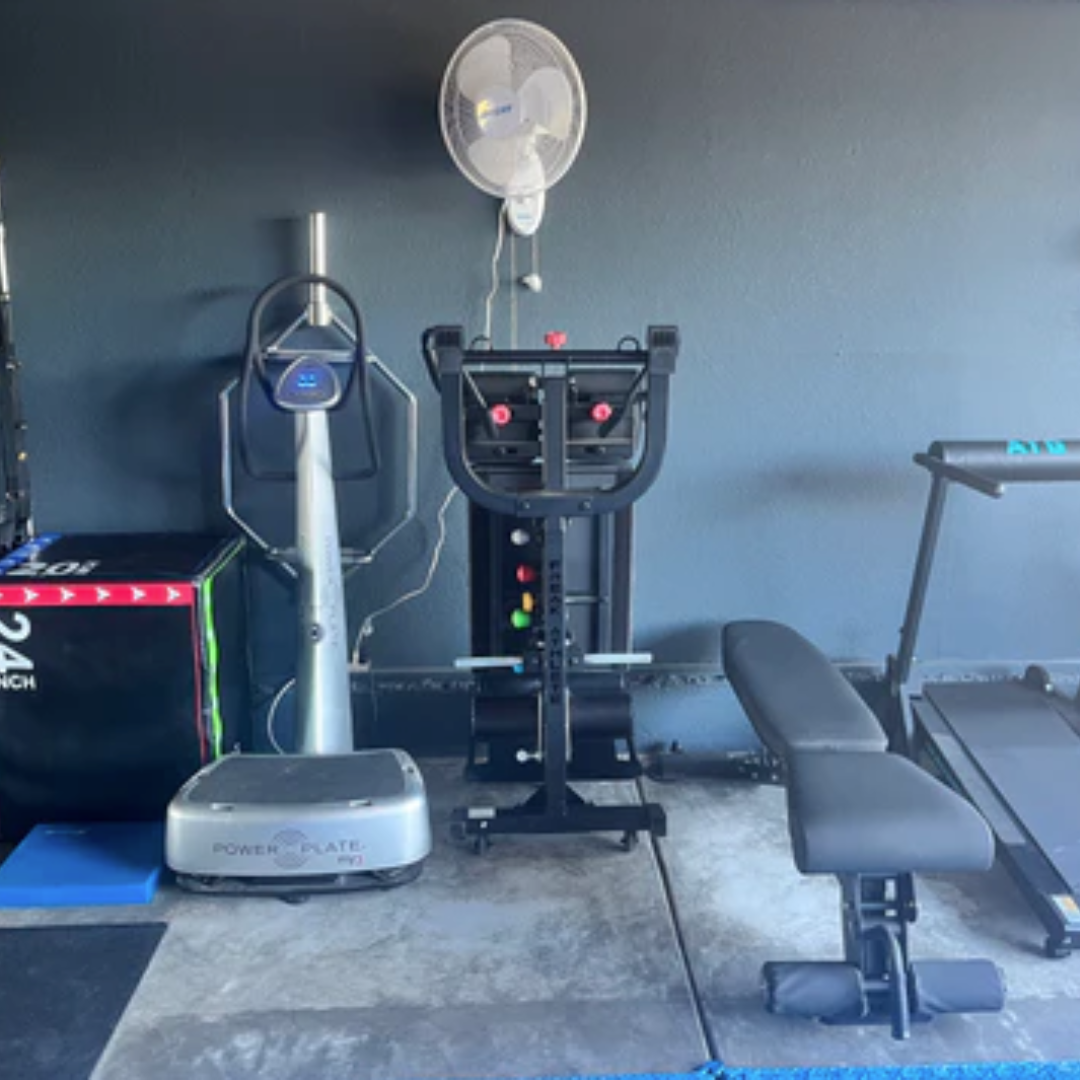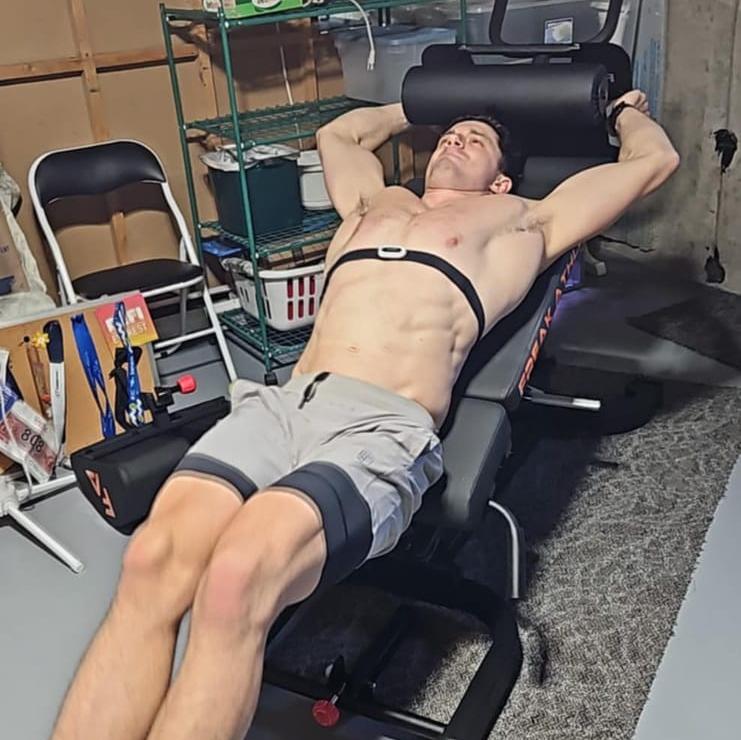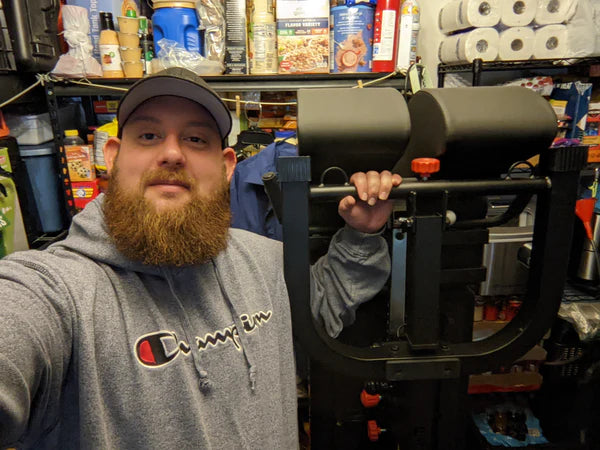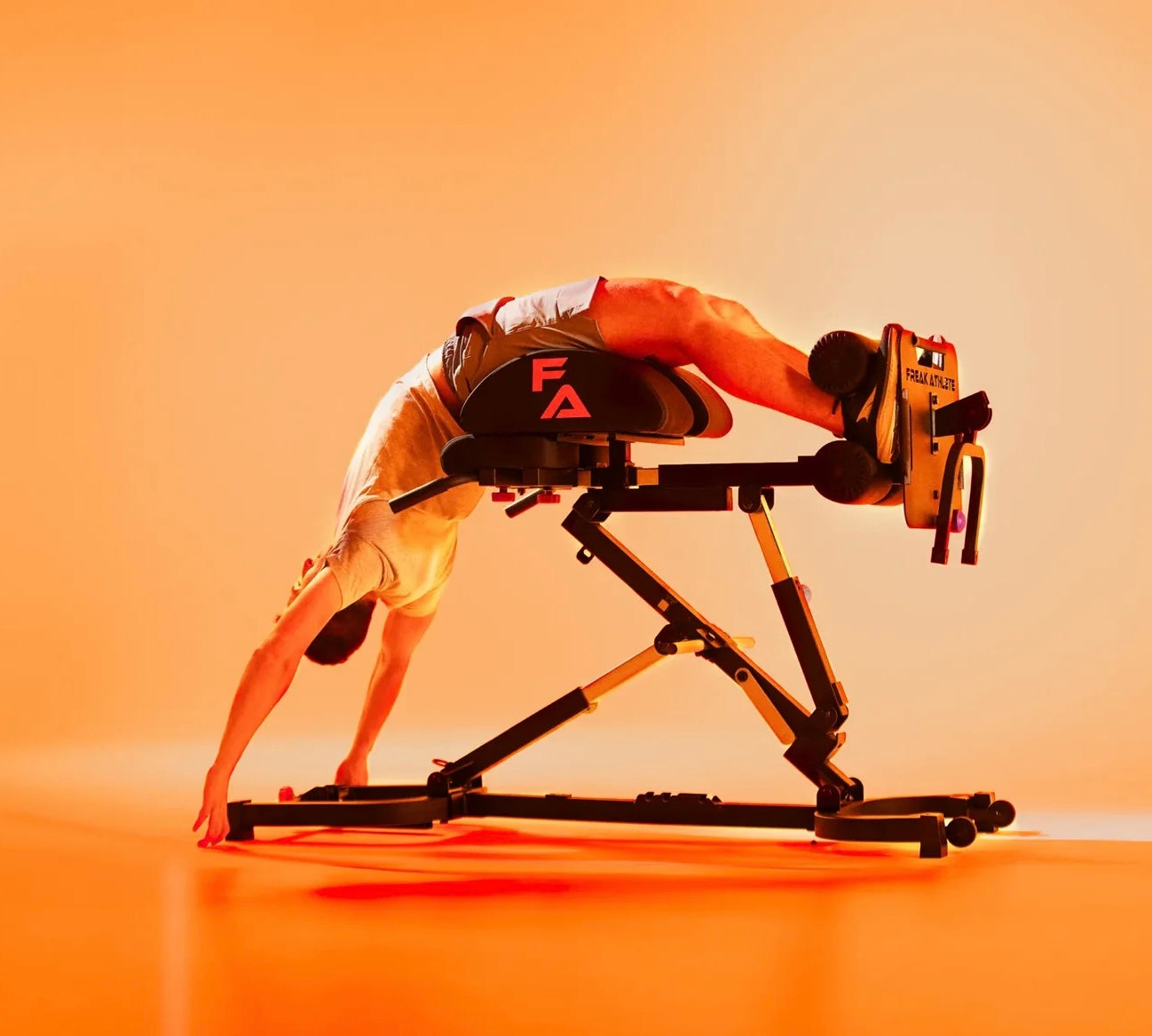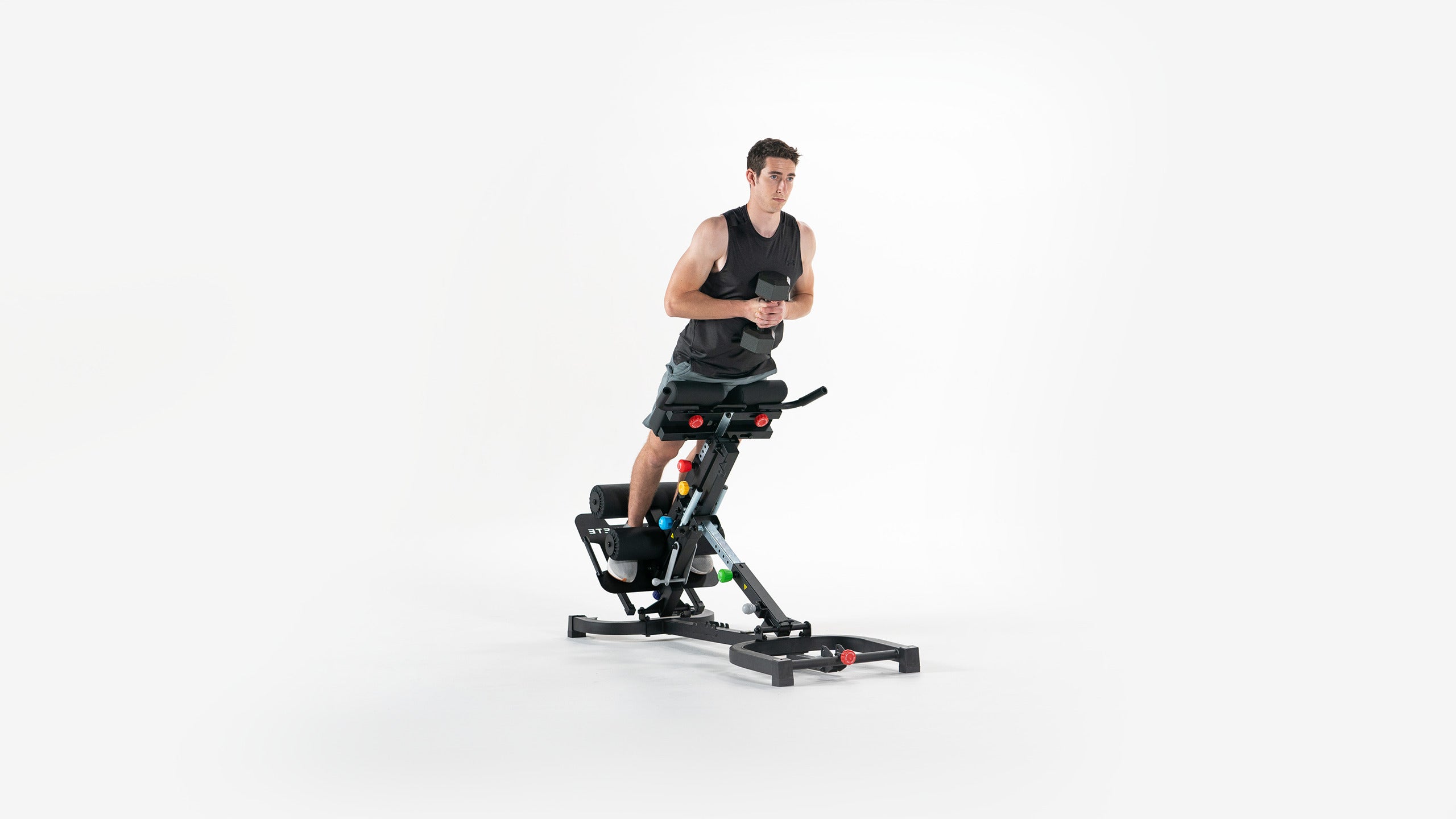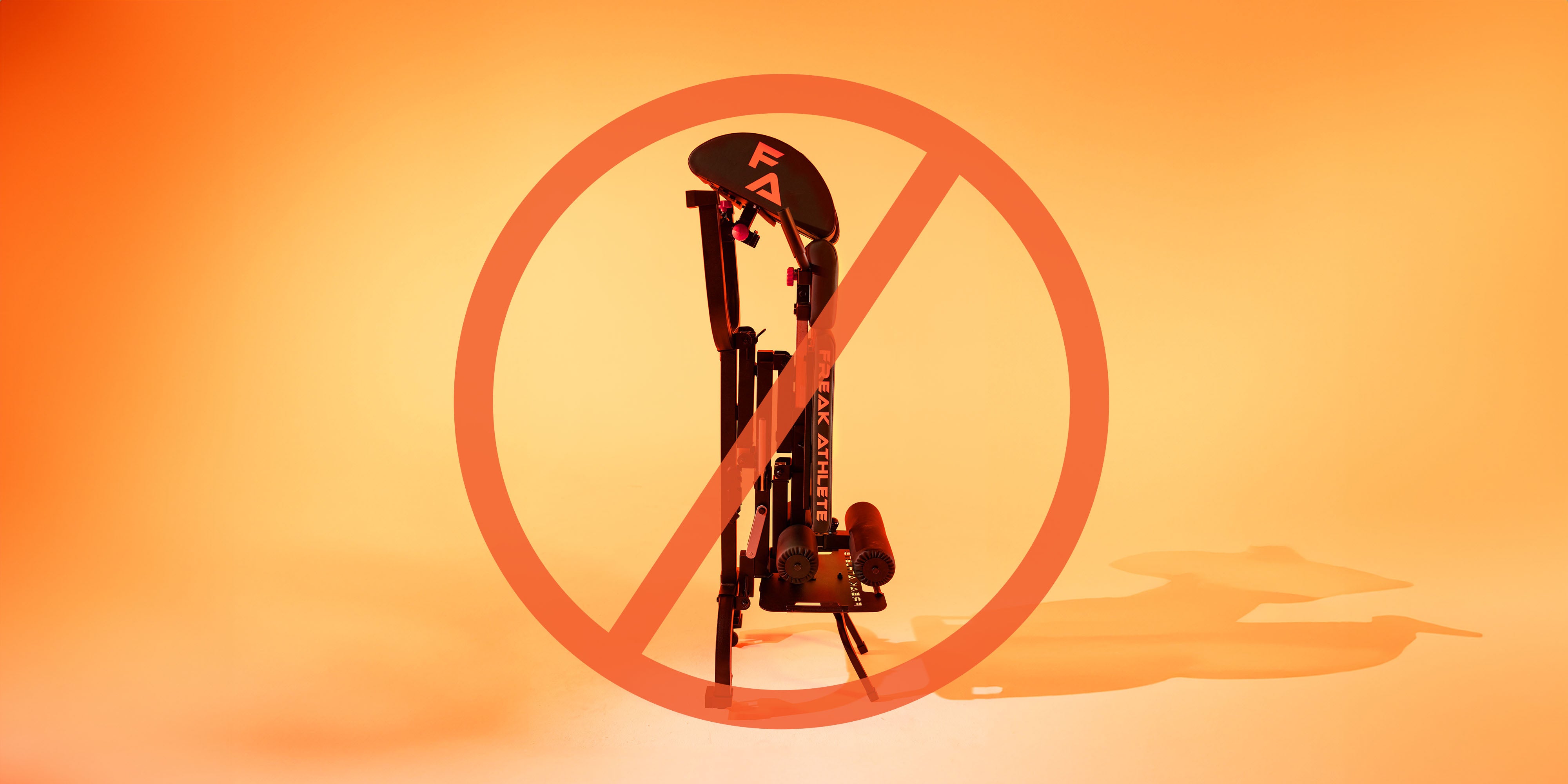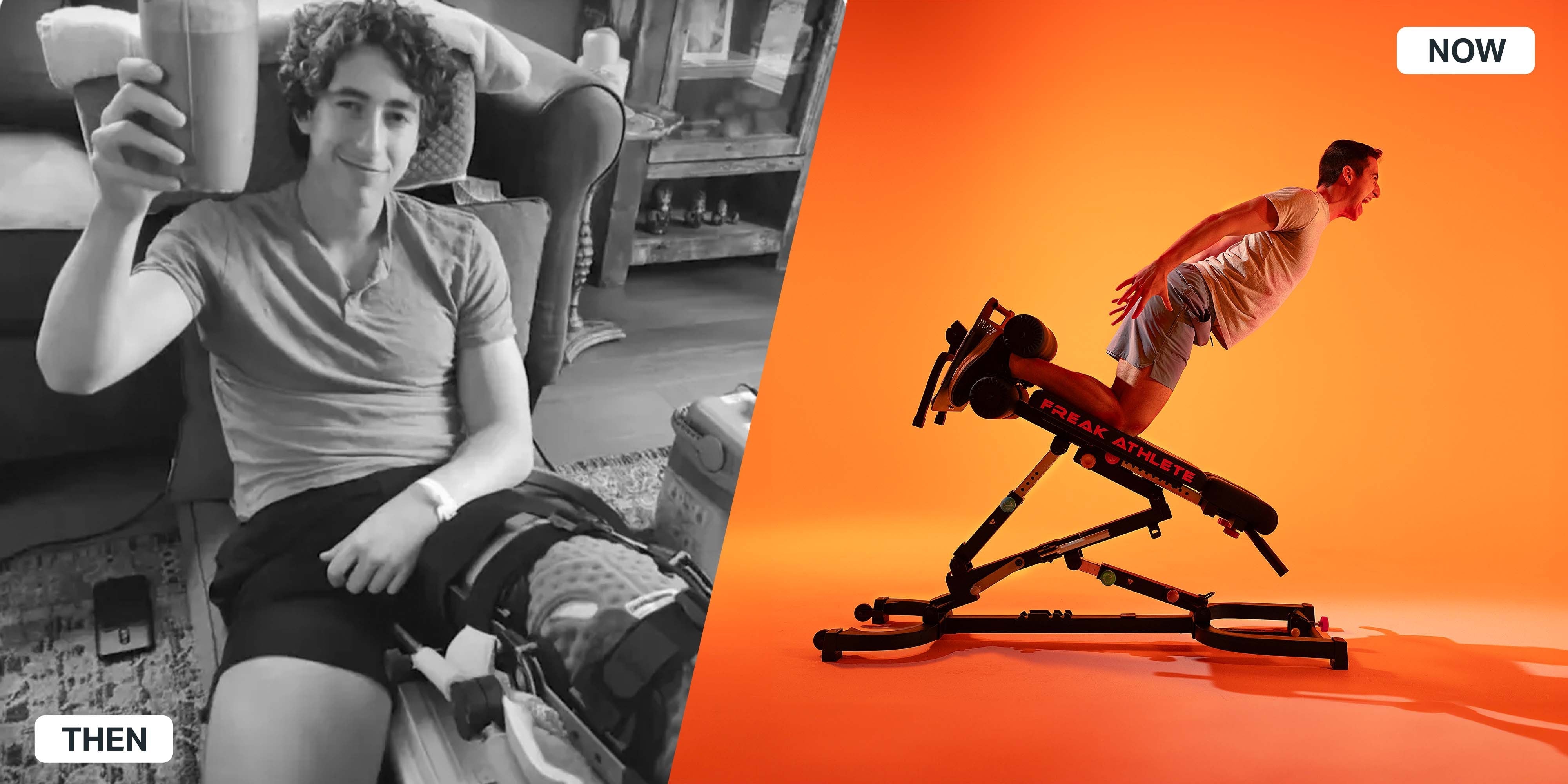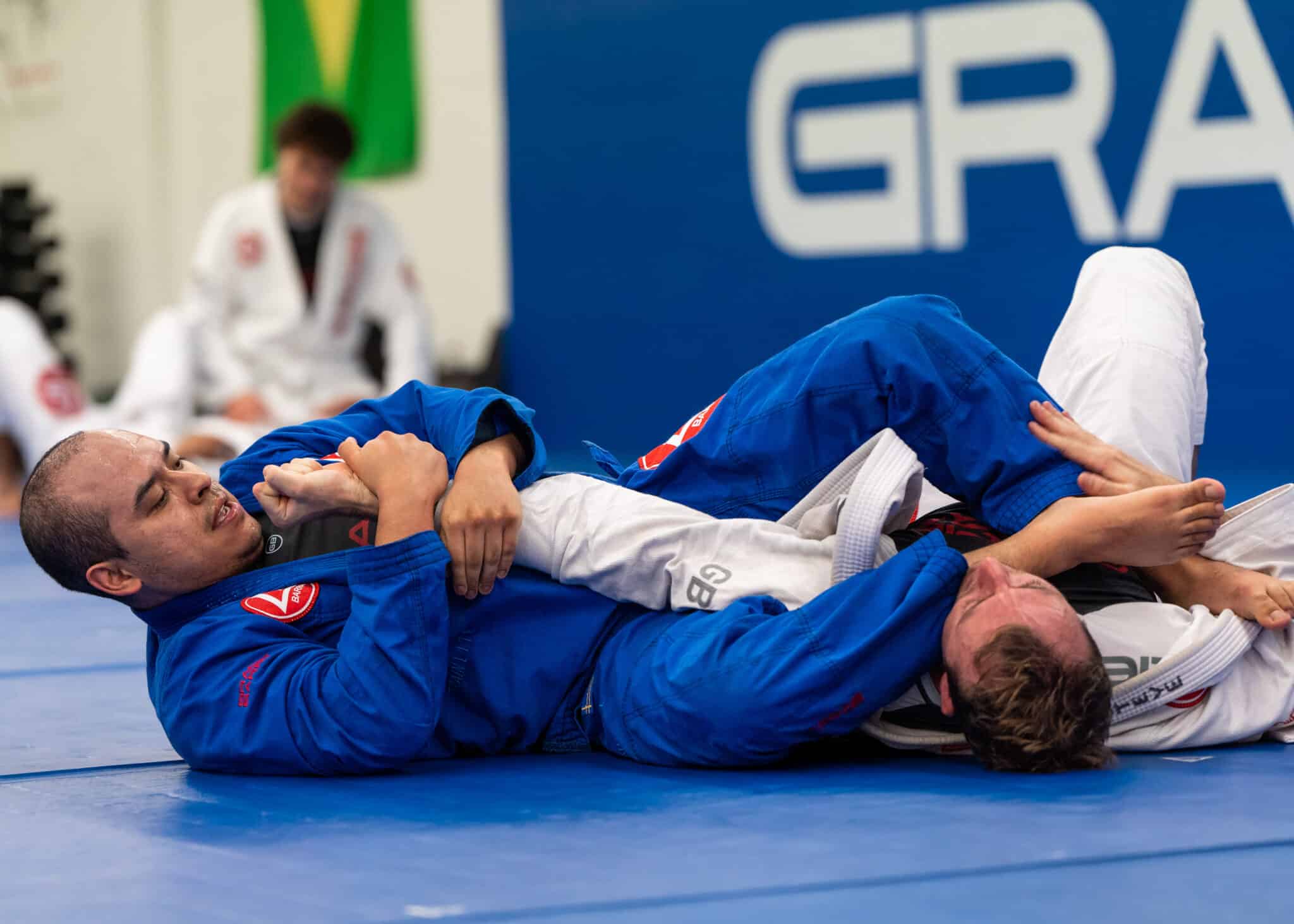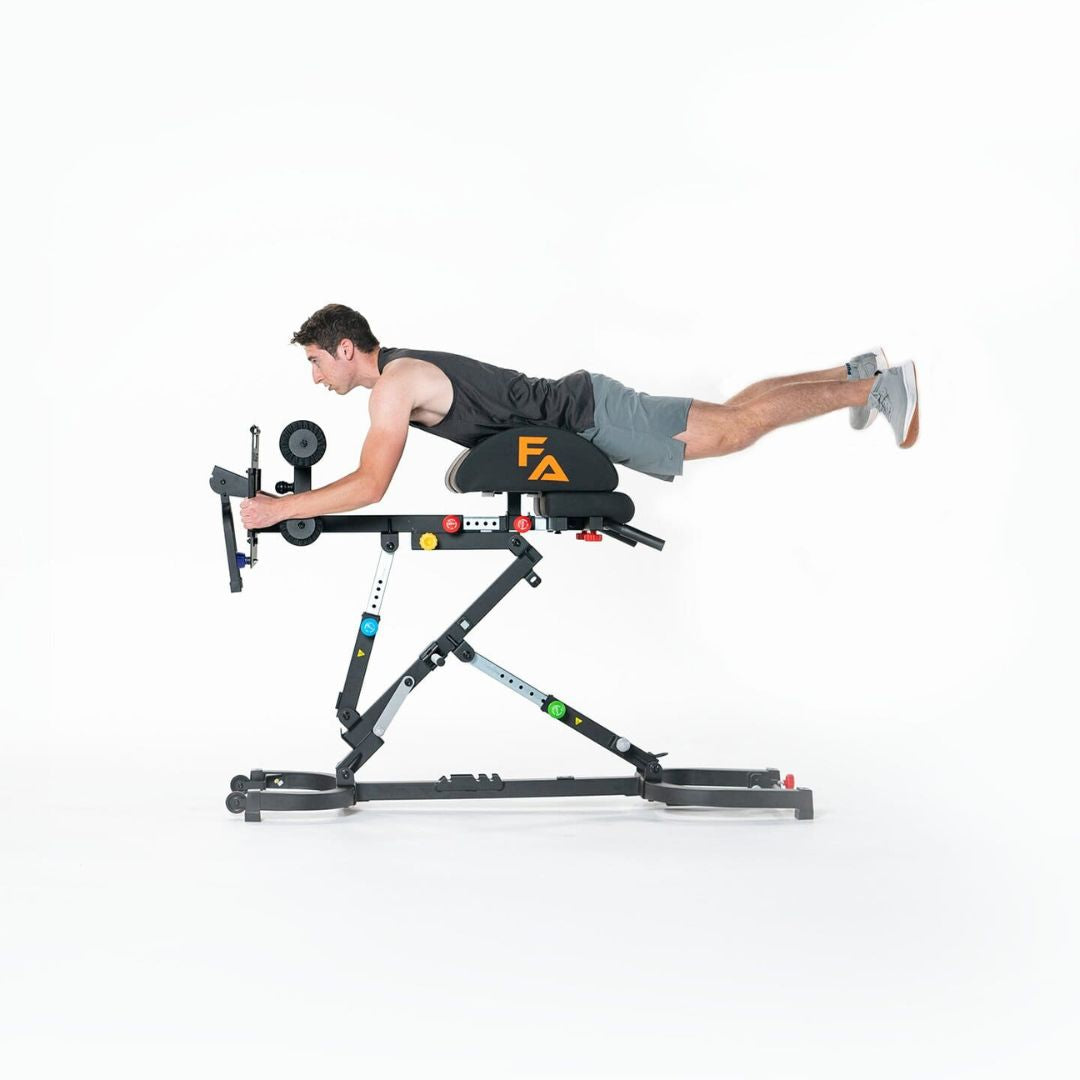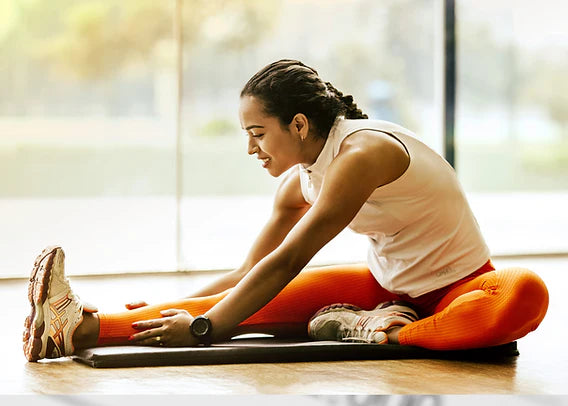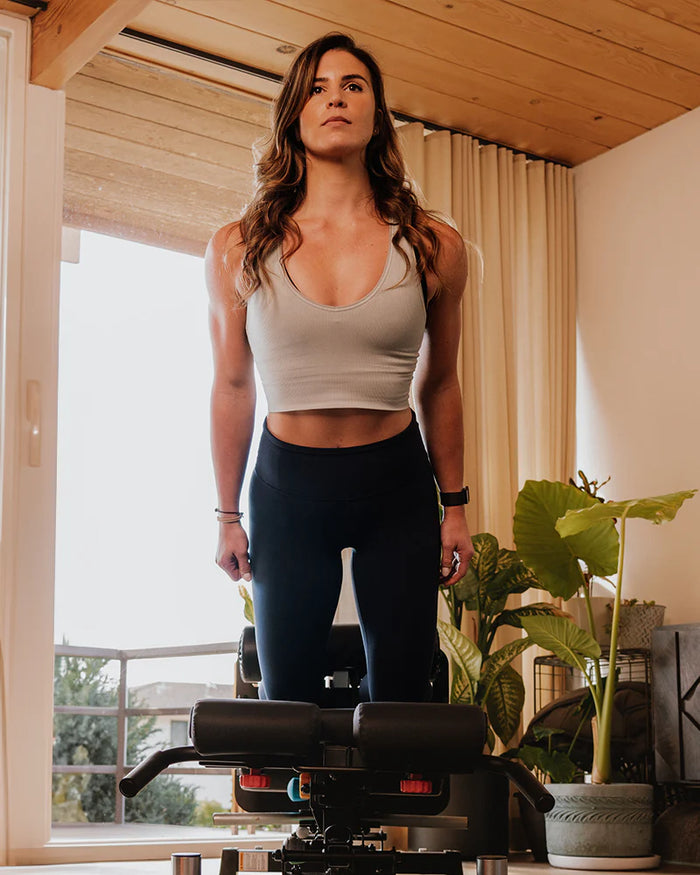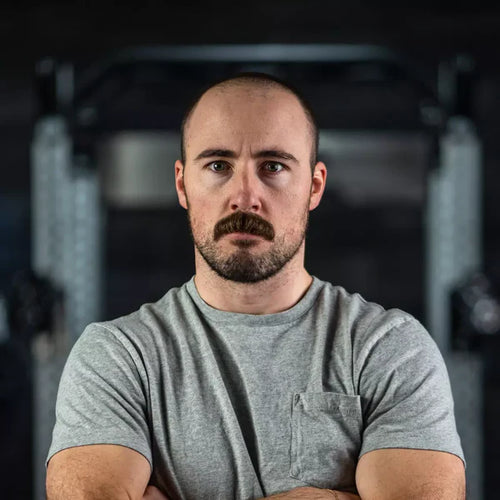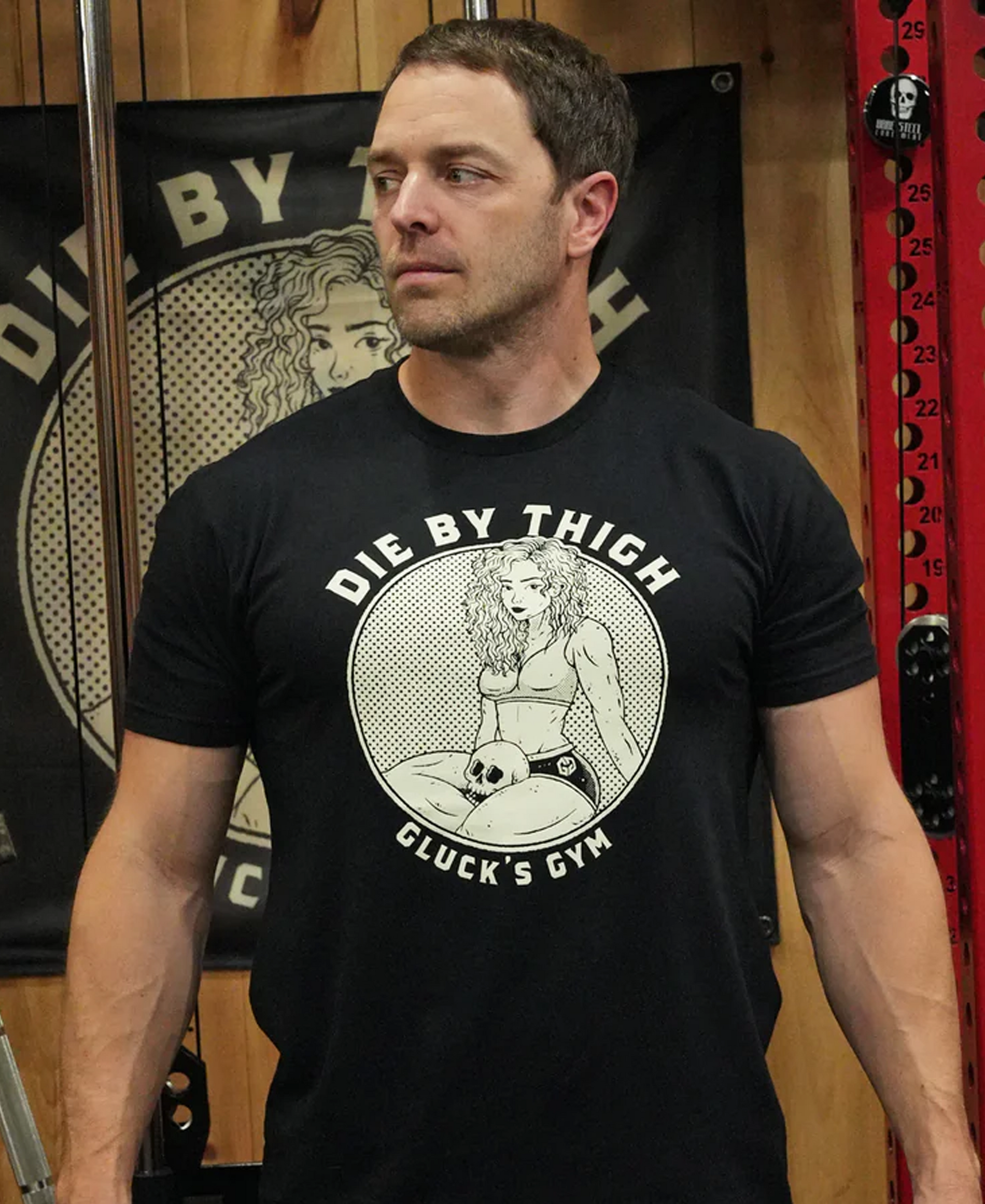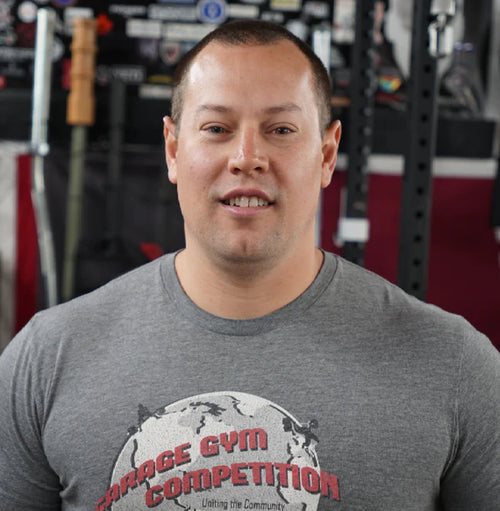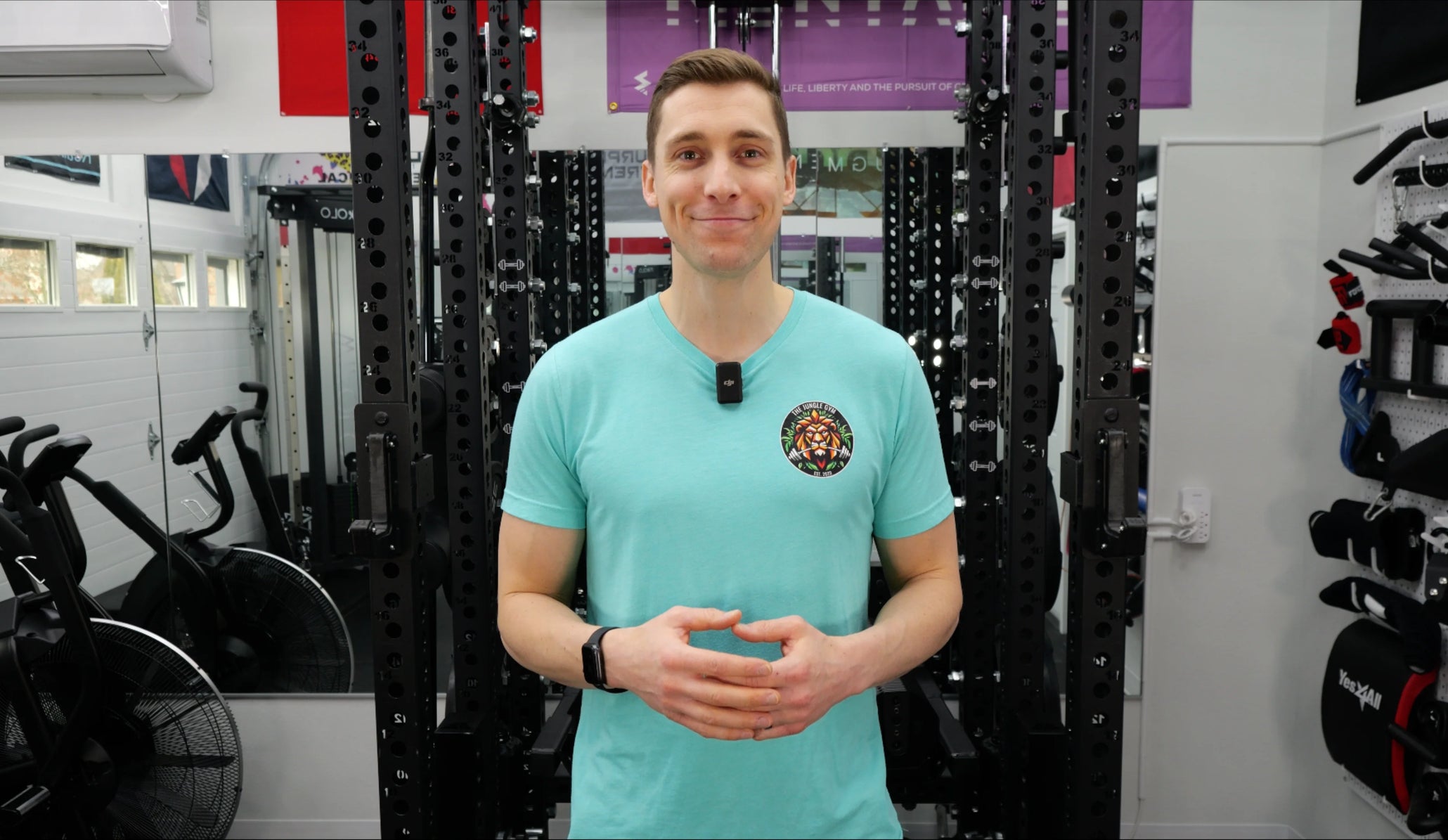PUBLISHED ON Jul, 24, 2024
Top 5 Best Low Back Movements
A weak lower back can make life harder. It can affect sitting, standing, walking, and exercising. Your lower back is a key part of your core, protecting your body while helping with balance, movement, and stability.
It's common to think that stretching is all you need to bring relief to the lower back area. While it can bring some relief short-term, it's doing nothing to make you stronger in the long run.
This article will cover the five best exercises that will strengthen your lower back for long-term protection.
45 Degree Back Extension
The 45-degree back extension is one of the best exercises for your lower back, it will also target the hamstrings, and glutes with precision.
If you have never done this movement, it will stretch your lower back which will provide short-term relief for a stiff lower back.
As with anything, there are different levels to this movement. From beginner to advanced. It is important to find your pain-free starting point.
Form & Progressions:
Target areas:

How to start:
- Adjust your Back Extension so that the pads sit below your hips. If it's uncomfortable, it's likely either too high or too low of a level.
- Start the descent by hinging forward with your legs straight.
- Only go down to where it feels like a good stretch on the lower back; this might look different for everyone.
- To start the concentric, squeeze your glutes. Then, lift yourself using your back, glutes, and hamstrings. Use the handles on your machine if needed!
- A good place to start or work towards would be 2-3 sets of 12-15 reps, unassisted and pain-free.
Tips:
Where you feel the movement might look different for everyone. Some may feel it more in their low back, others in their hamstrings. If you feel it most in your low back, chances are you need to get stronger in this movement.
Doing these with only bodyweight for high reps is a great start for getting stronger fast.
QL Raise
The QL muscle is likely the most under-trained muscle in 99% of people with low back discomfort.
This set of muscles sits deep under the obliques and connects the lower spine to the top of the hip. The QL helps to keep the lower back stable, maintain good posture, and assists in rotational movement like sprinting, throwing, or swinging a bat.
Target Area:

How to:
- You should set your back extension one level higher than for the 45-degree back extension, especially if you have never done the movement before.
- The working-side leg will be the one behind you, and the other leg will be in front, like in the video above.
- Start the movement by leaning over to the side, reaching your bottom hand to the ground.
- To feel a deeper stretch, you can place the working-side's hand on your head as shown above. Only go down until you feel a good stretch; you do not have to reach all the way down to the floor.
- For help, put a chair or box in front of your back extension. You can use it to assist yourself on the way up.
- A good place to start would be 2–3 sets of 10–12 reps.
Tips:
The QL raise is very much like a standard side bend. Yet, how you position your feet in the machine will bias the QL muscle more than if you were standing and doing a side bend.
If you have never trained the QL raise, start with body weight. This will avoid excessive soreness.
Pro tip!
The QL raise is a unilateral movement. You may notice that one side feels tighter/weaker than the other. If this is the case, we recommend doing an extra set or a few extra reps on the side that is tighter. This will correct the imbalance over time!
Reverse Hyper
We view the Reverse Hyper movement as sledding for the low back. It is a great tool for bringing blood flow to the glutes and low back which is essential for healing and recovery.
There are different versions of the Reverse Hyper. Today, we will cover a short-range one.
How to:
- With your Hyper Pro in GHD mode, you will place your GHD pad across the back extension pads.
- Grab onto the handles that are on the footplate of the Hyper Pro.
- You will start with your legs hanging off the machine and relaxed.
- Use your glutes and low back to swing your legs up. They should be in line with your shoulders.
- Control the way down—then repeat.
Things to note:
This movement is harder than it looks. We recommend working towards being able to do 2-3 sets of 20 reps. It is completely fine if you cannot reach 20 at first. Going until you feel a good muscular burn is a great place to start.
Pro Tip
This movement can be used as a tool for recovery if your low back is feeling sore or tight.
Sorenson Hold
The Sorenson hold tests the lower back. It checks if you can hold a position without moving. This means you are not doing reps but holding the hardest position.
This movement measures lower back endurance, which relates to back health and longevity.
How to:
- With your Hyper Pro in Nordic Mode, remove the Nordic Pad. Then, set the back extension pads to your back extension height.
- To start, align your shoulders with your hips. Then, remove your hands from the floor/machine and hold that position for as long as possible.
- If you are new to the movement, you can start by gently placing your hands on the floor to reduce the intensity.
- A good standard is to work towards being able to hold the movement for 1.5-2 minutes. If you are a beginner, it may only be 20-30 seconds. That is okay! It’s less important where you start and more important that you work to get better.
Things to Note:
We recommend performing the movement either before strength training or after, but to keep the data consistent, pick one and then stick with it. Don’t switch it up unless you are tracking the data for both scenarios.
If done after strength training your time will be significantly less because your low back is pre-fatigued. Just keep this in mind.
GHD Sit Ups
If you train the back side, you must also train the front to maintain structural balance! The low back is considered as the “core” for the posterior chain. So it is equally important to train the core in the front as well.
The GHD sit-up is our preferred method because you are training the core through its full range of motion.
However, if it is too intense on the spine, you can do a decline sit-up instead and it will have a similar affect.
How to Start:
- With your Hyper Pro in GHD mode, you will get on the machine with your feet facing up and your glutes resting on the GHD pad.
- You will then reach back as far down as you can go pain free and then come up like you are doing a sit up.
- You can do these slow and controlled to start, and then work towards doing explosive reps.
Things to Note:
This movement will be harder if you keep your hands overhead. To make it less intense you can hold your arms by your side and even use the handles for assistance.
In Conclusion
So in short, for a stronger low-back you’ll want to get stronger in:
- 45 degree back extension
- QL Raise
- Reverse Hyper
- Sorenson Hold
- GHD Sit up
Utilizing these 5 movements in your strength training routine lay a solid foundation for strengthening the lower back.
Not to mention, you can do all of these movements with just the Hyper Pro if you have it.
Most of these machines can also be found in a traditional gym setting, but keep in mind that the quality of the machines and comfort may vary.
If you are looking to upgrade your gym with the best low back training bench on the market, you can shop the Hyper Pro here.
For monthly insights on training, recovery and all things gym equipment, sign up for our newsletter here!

